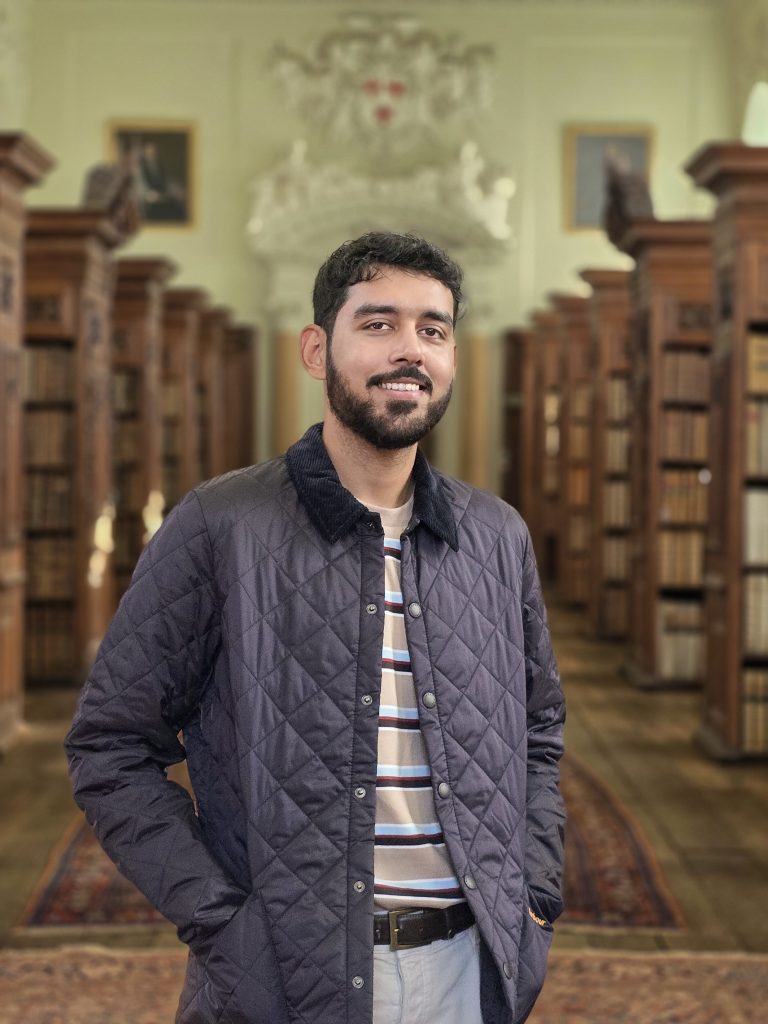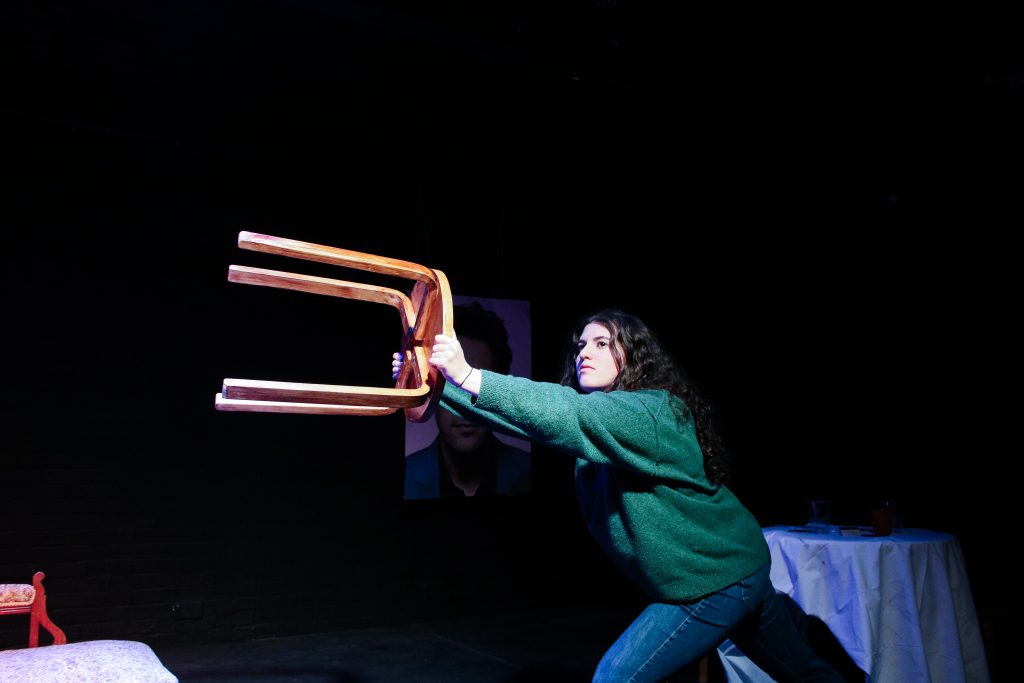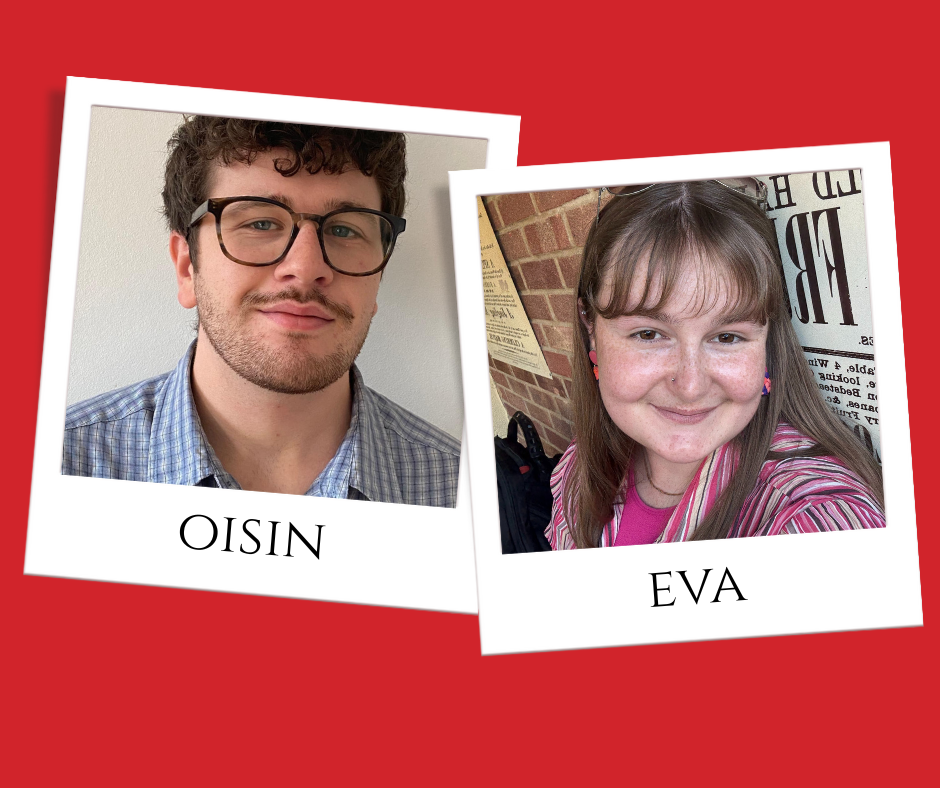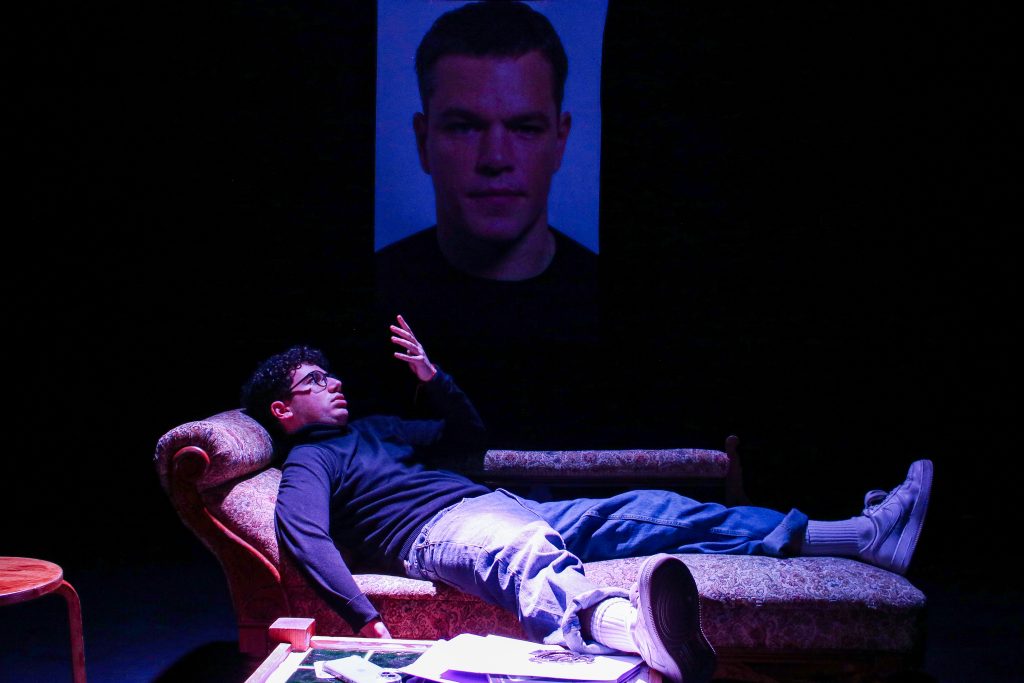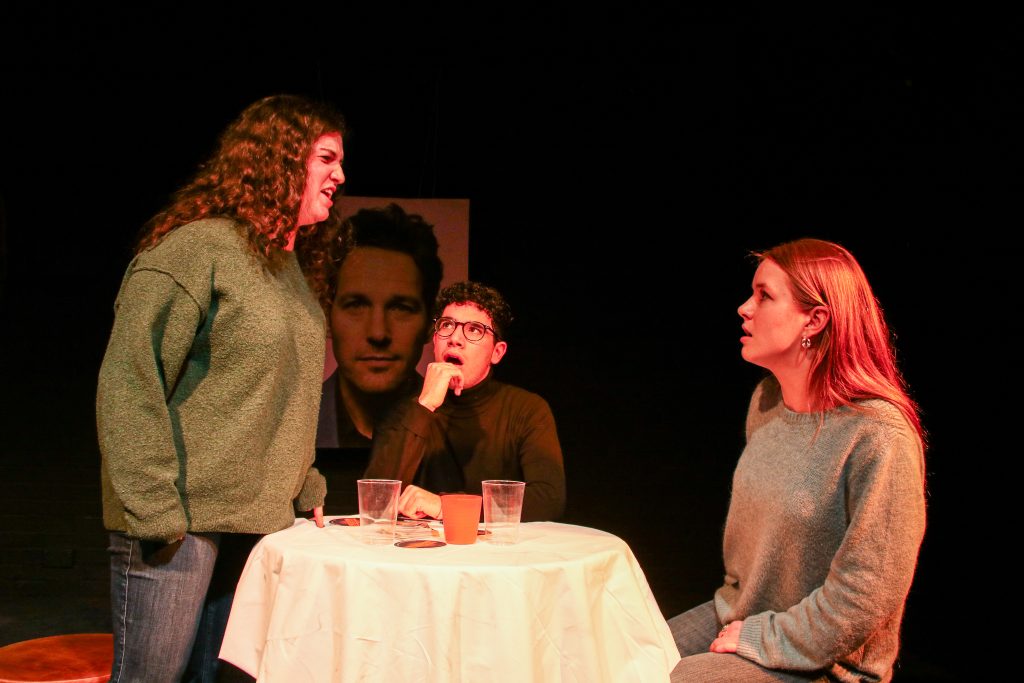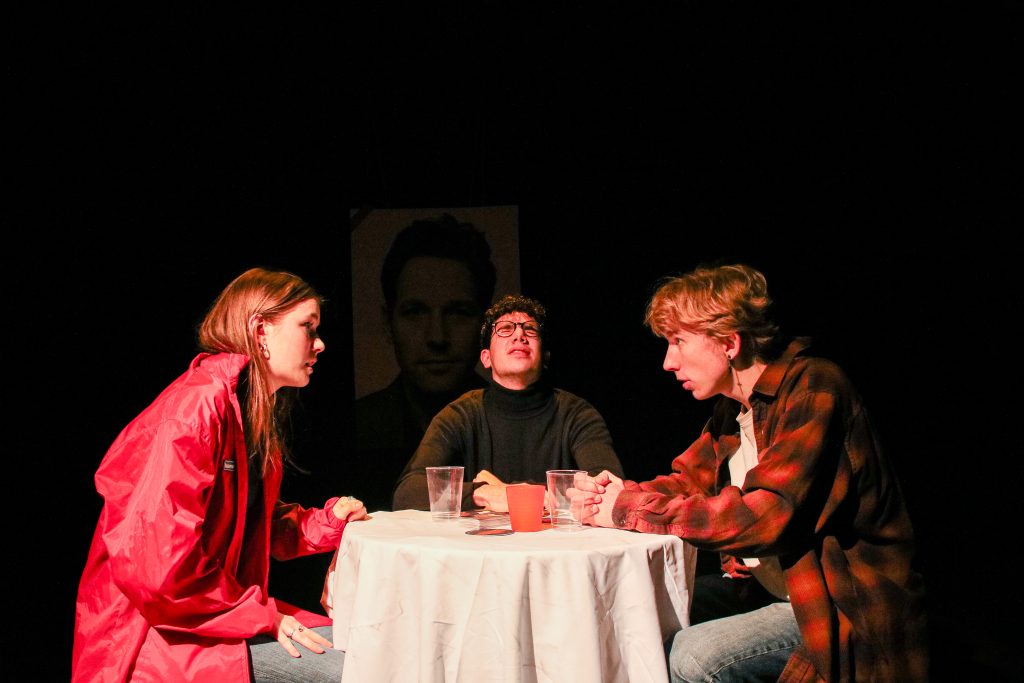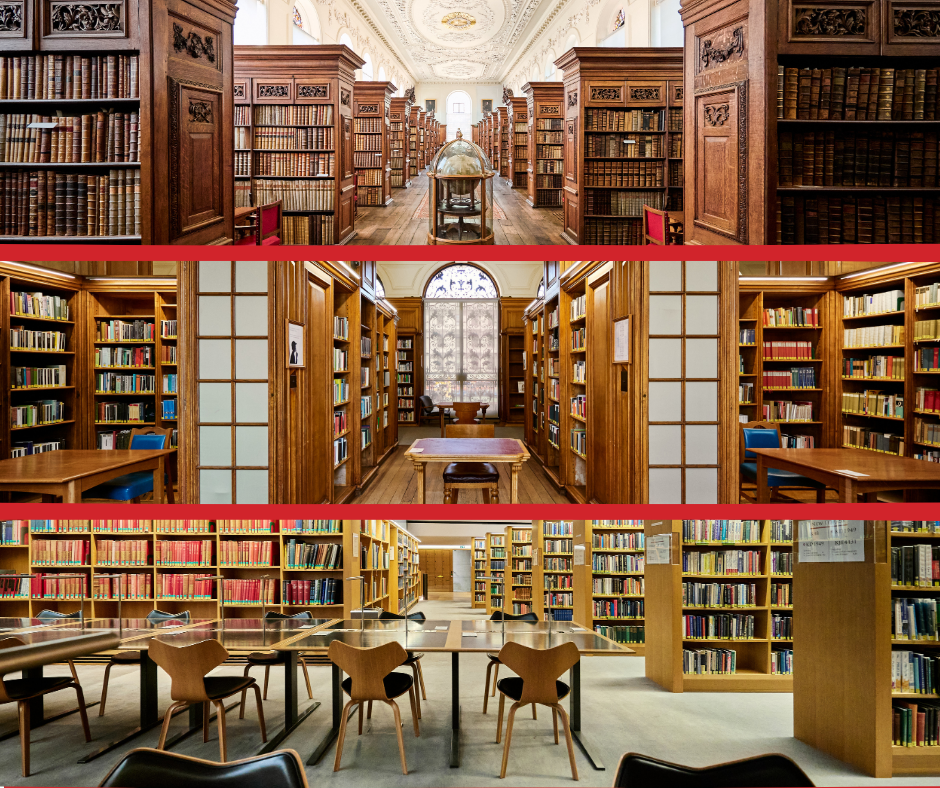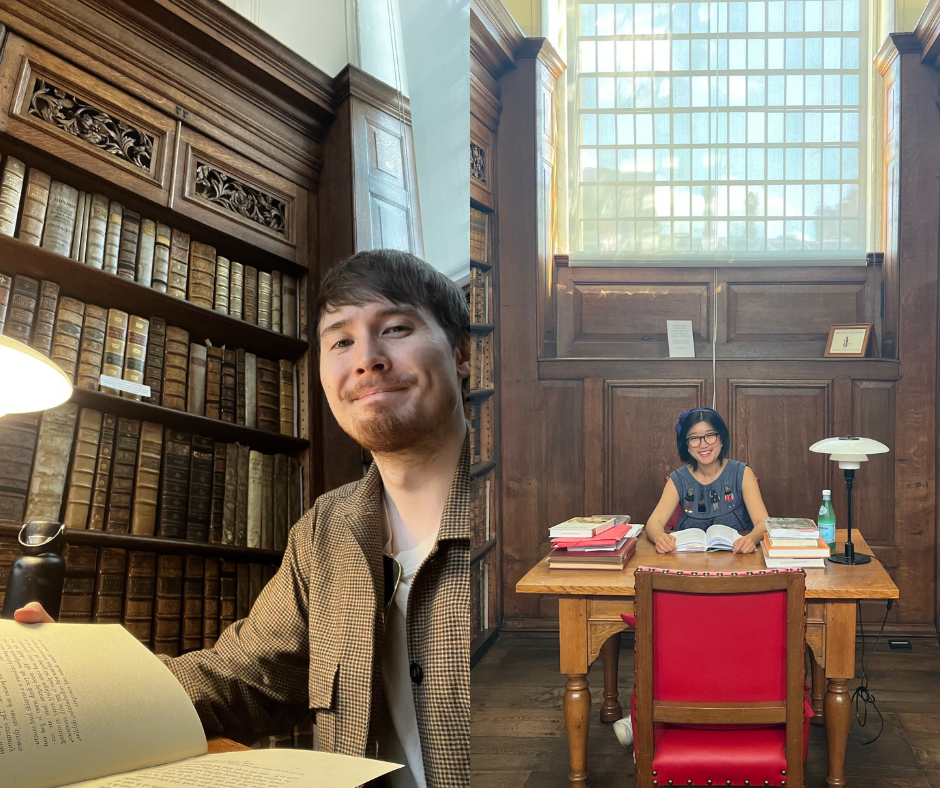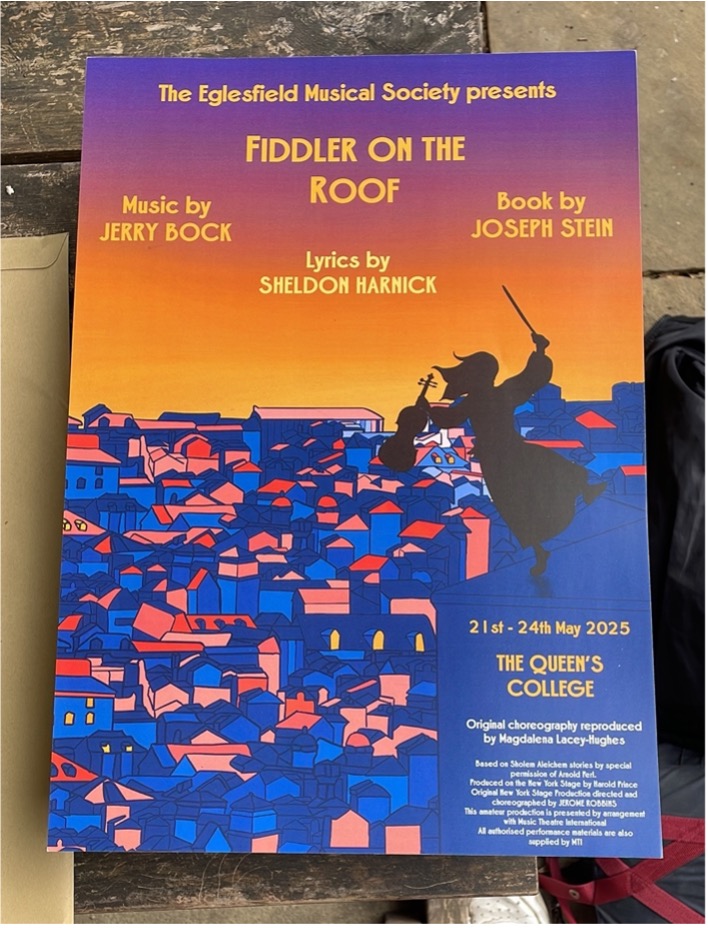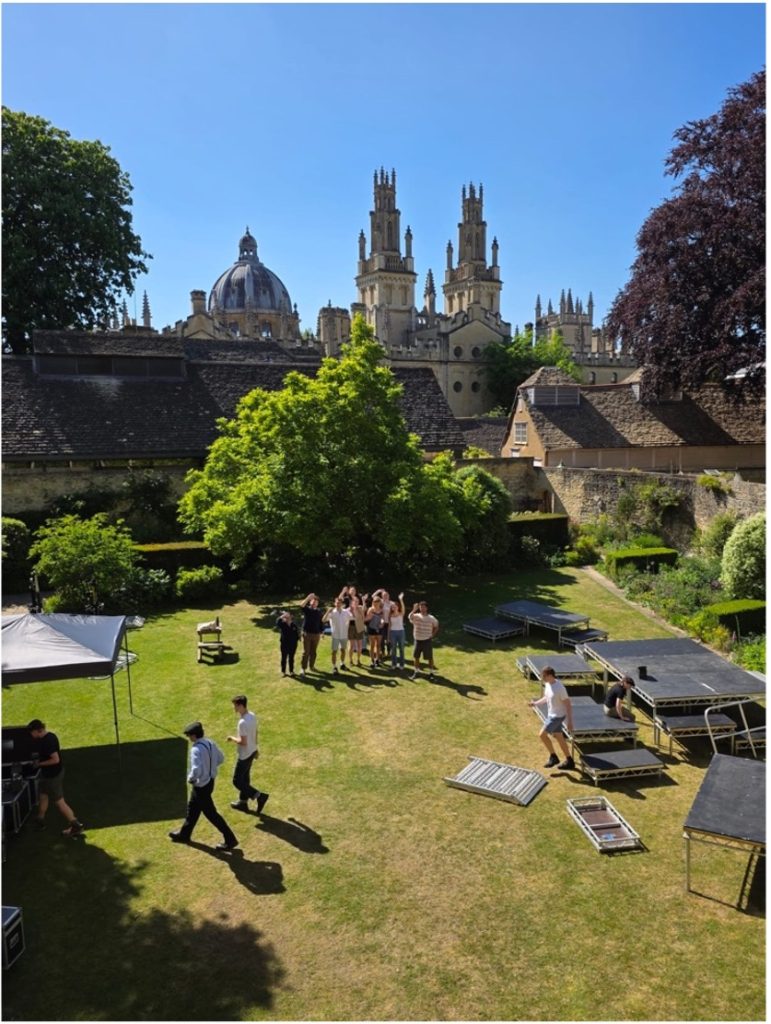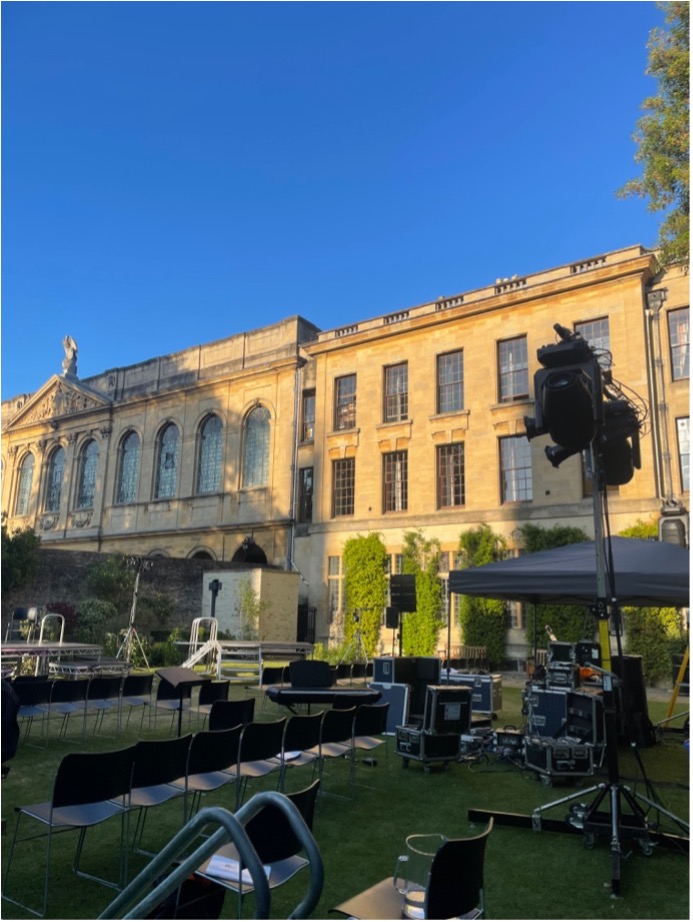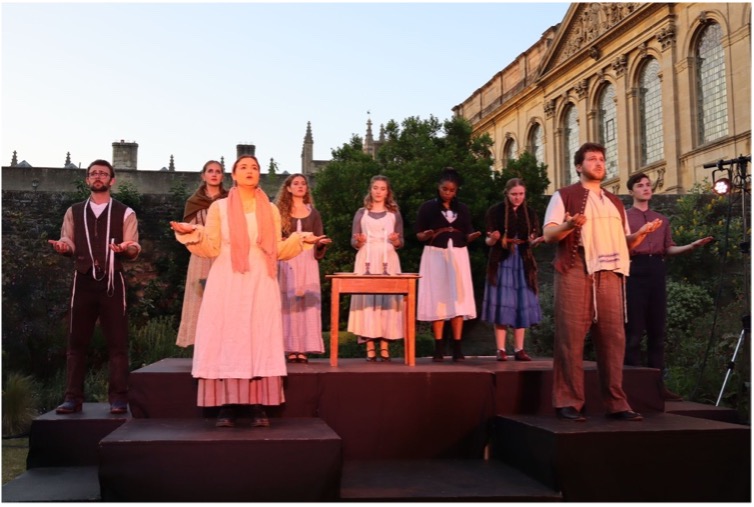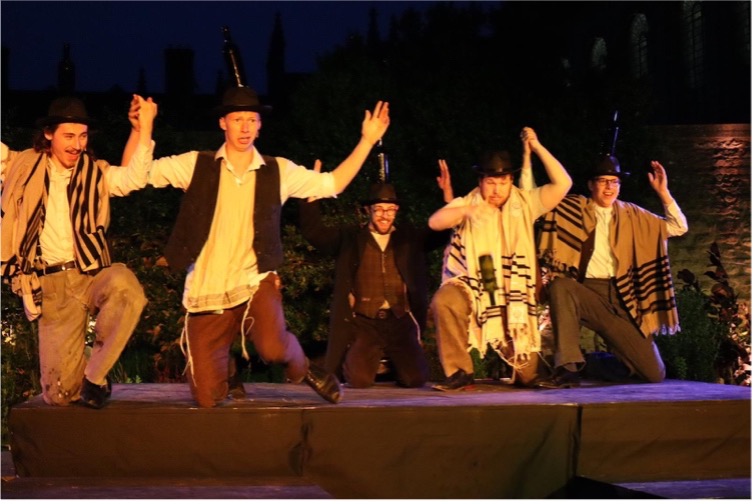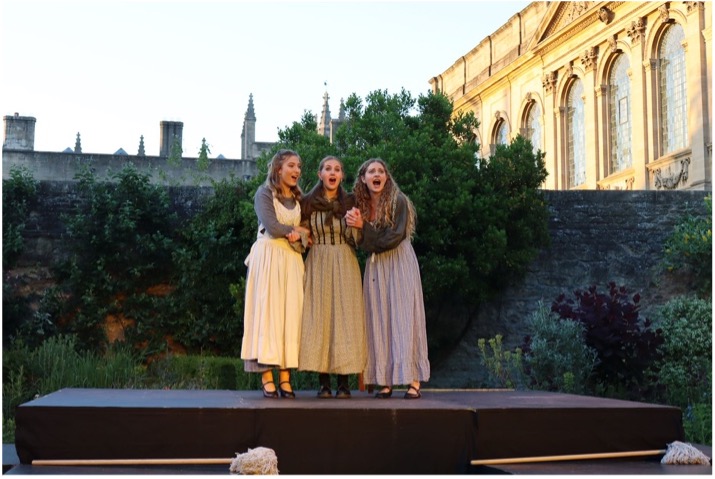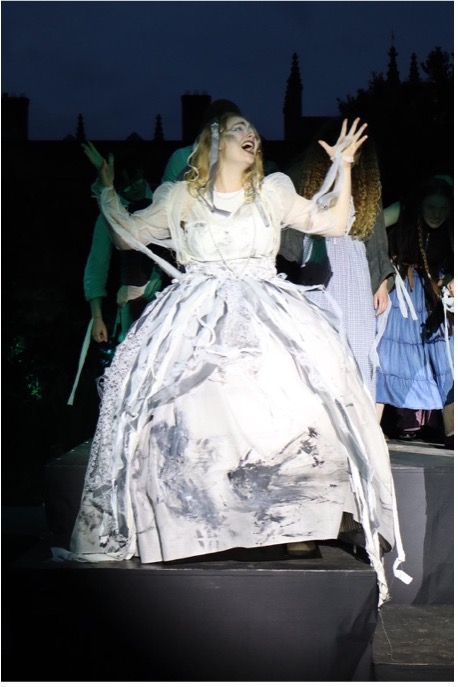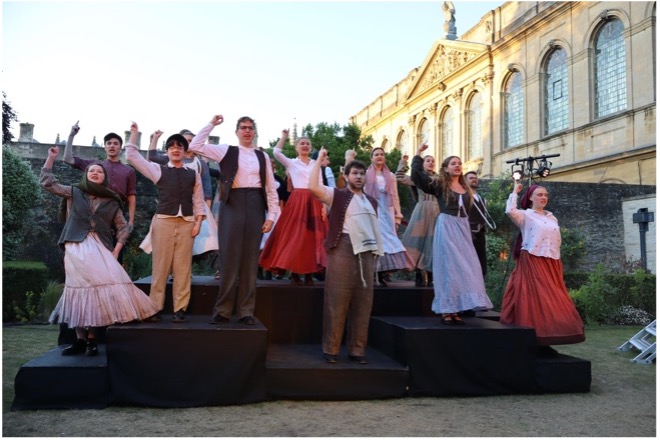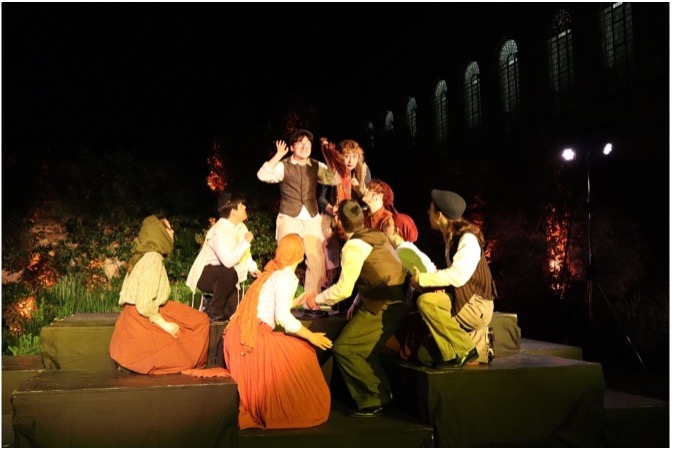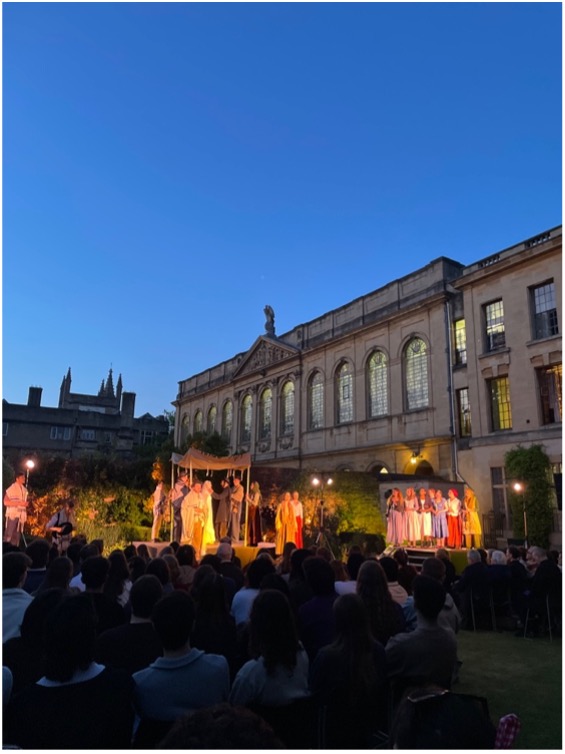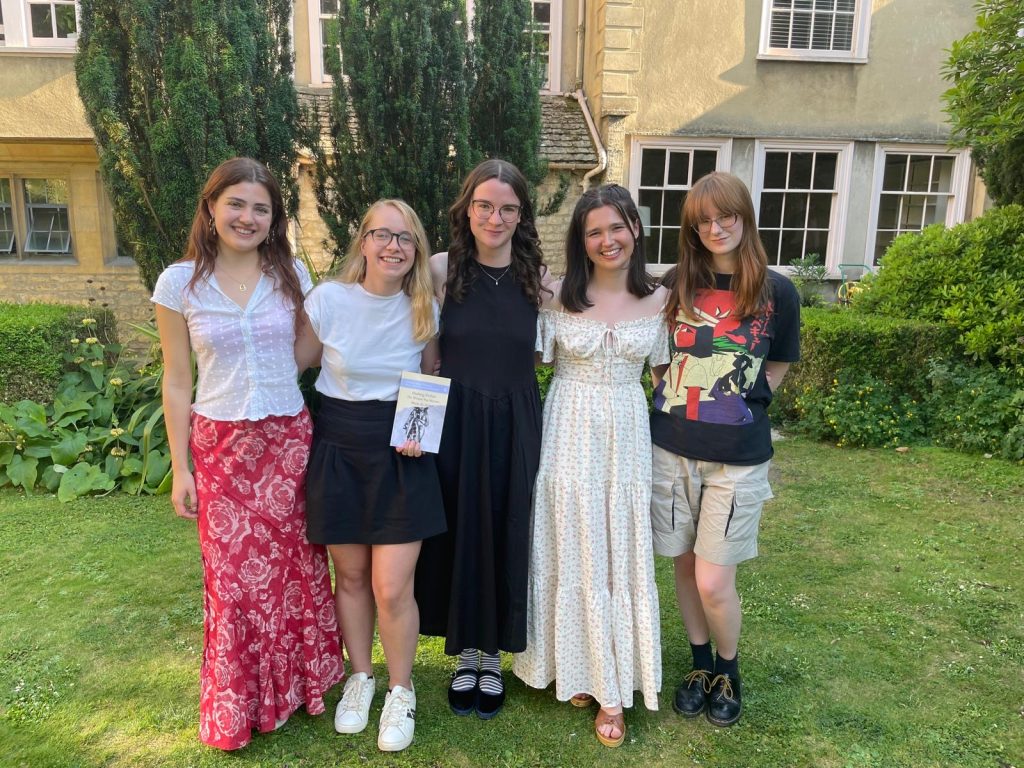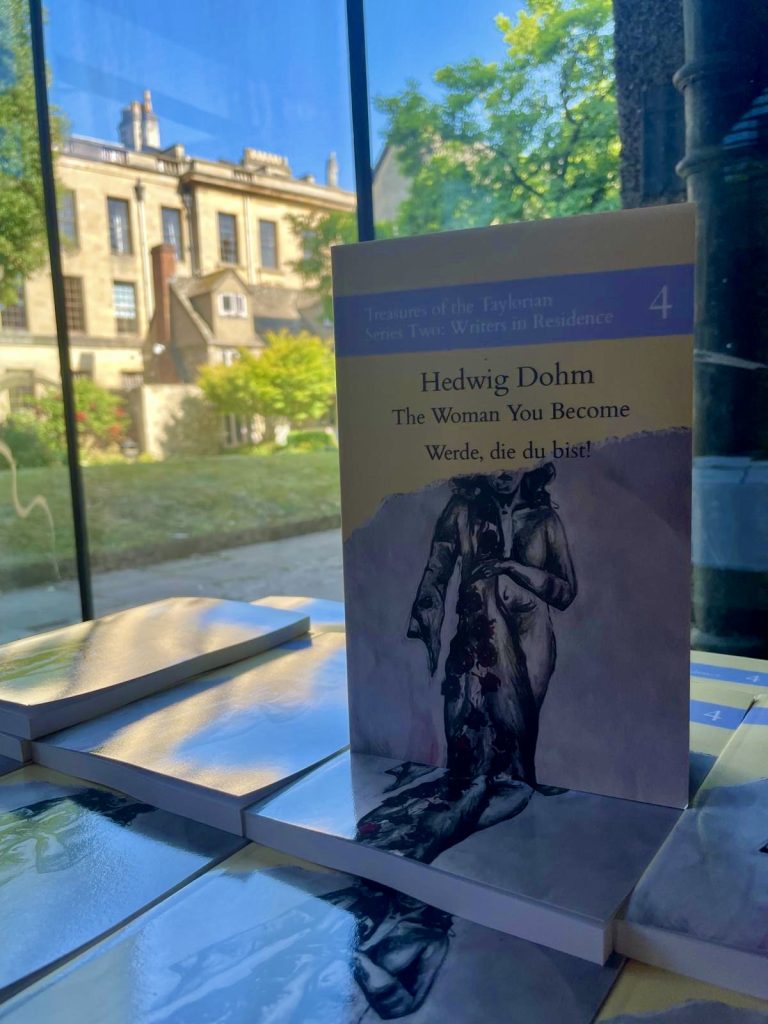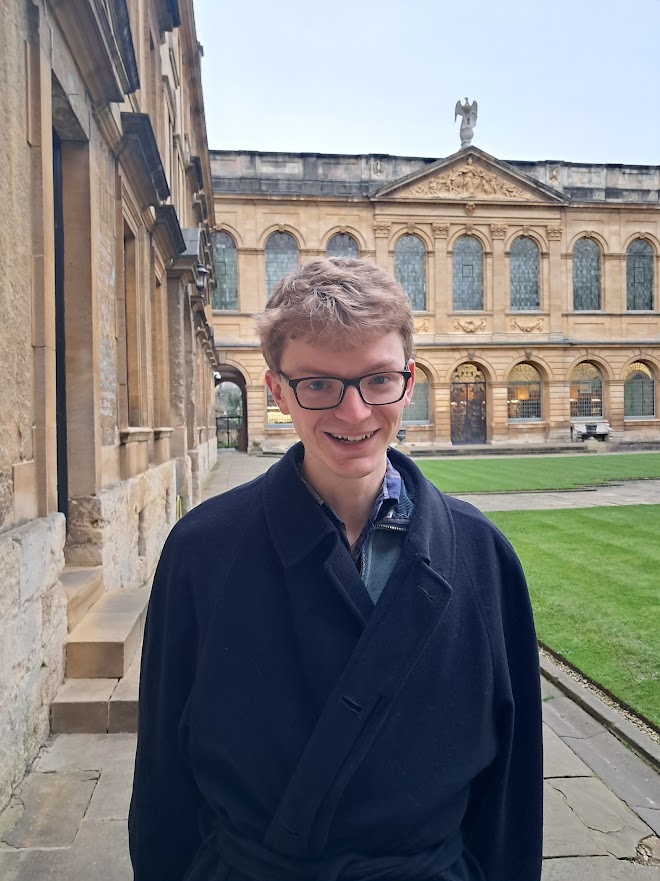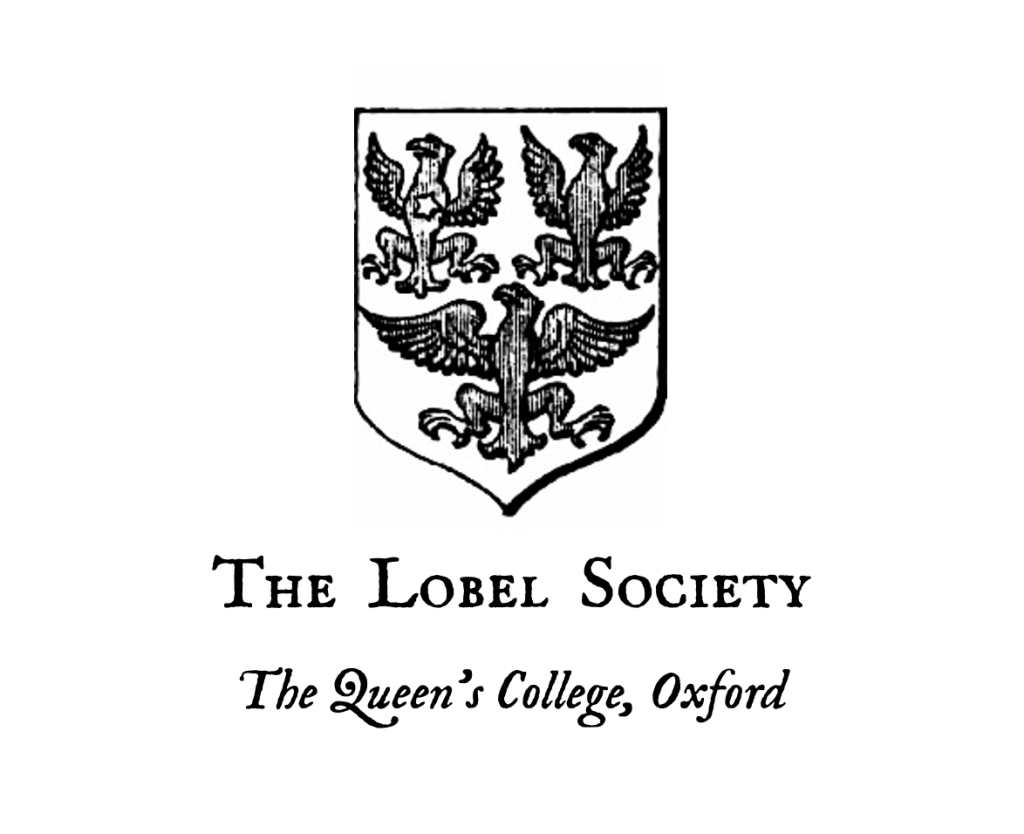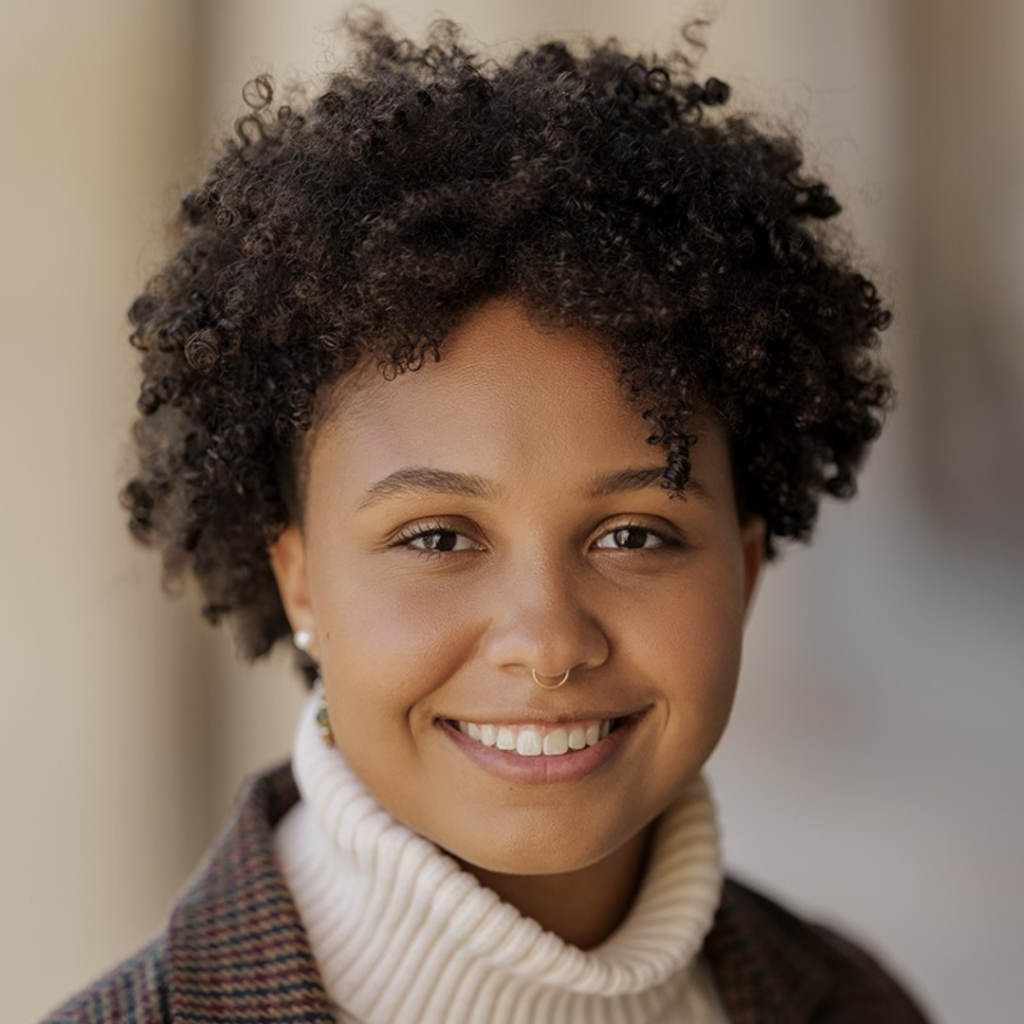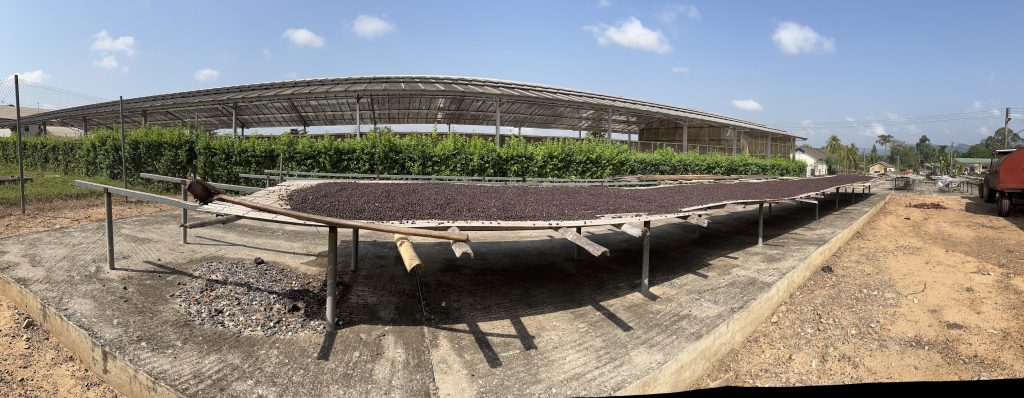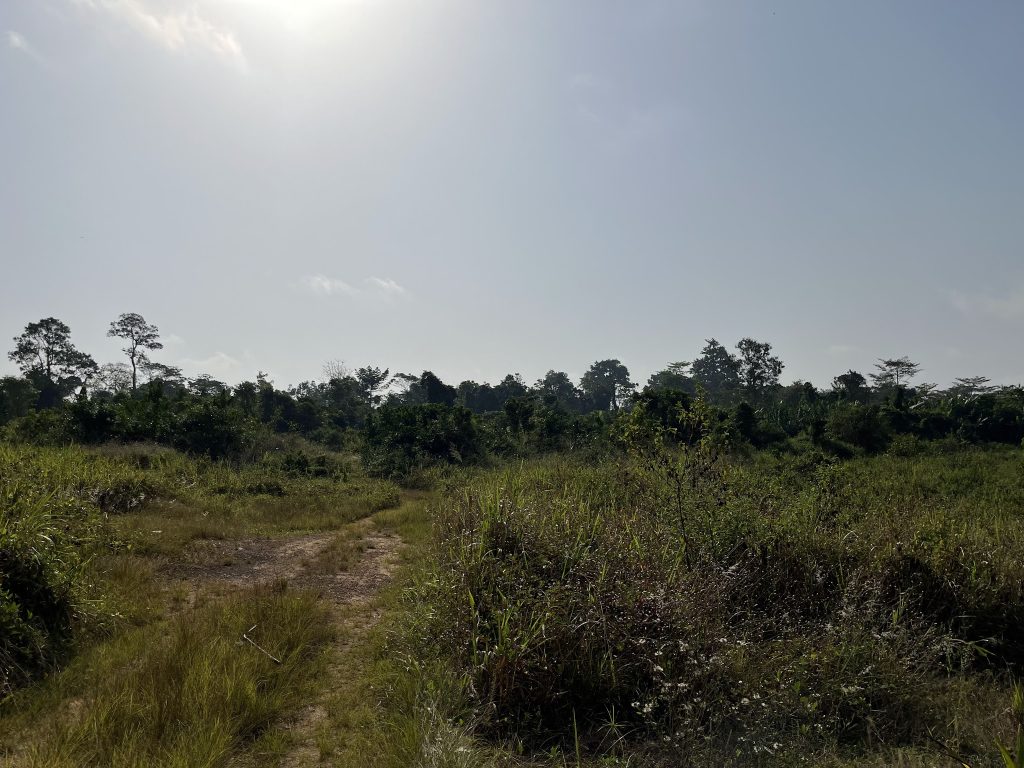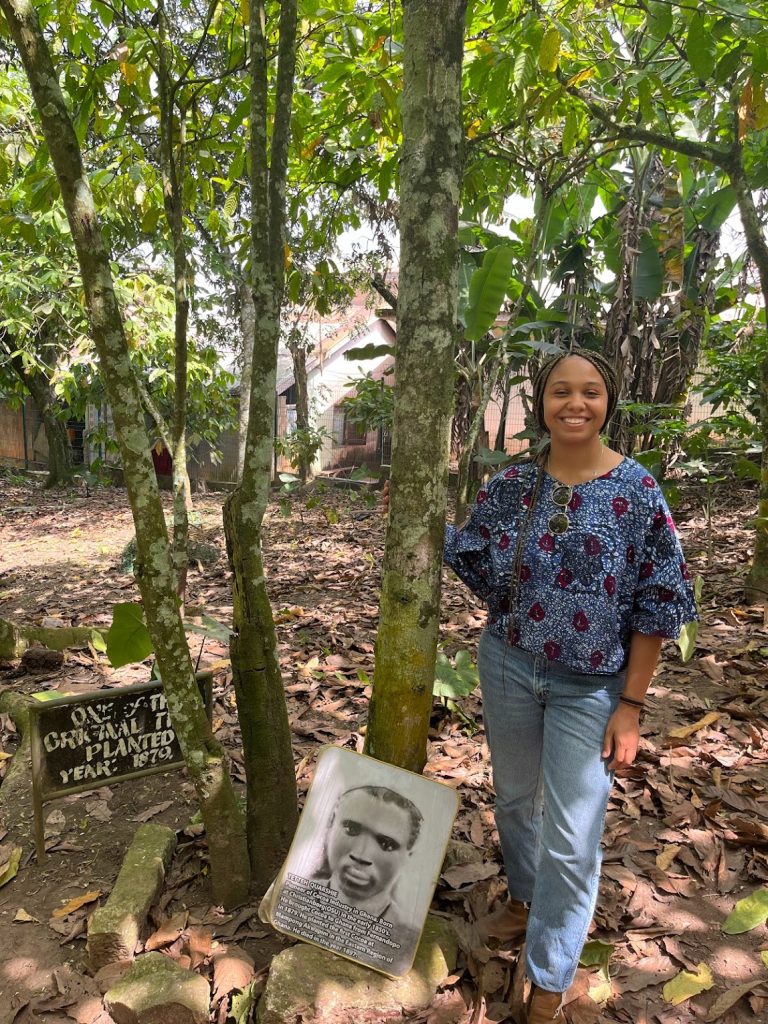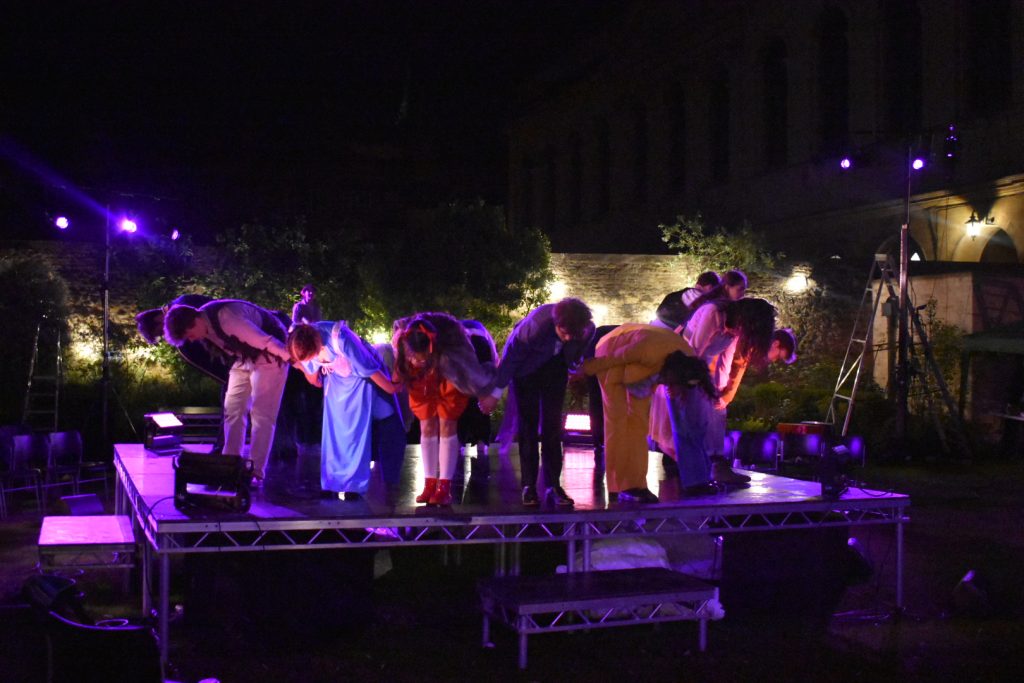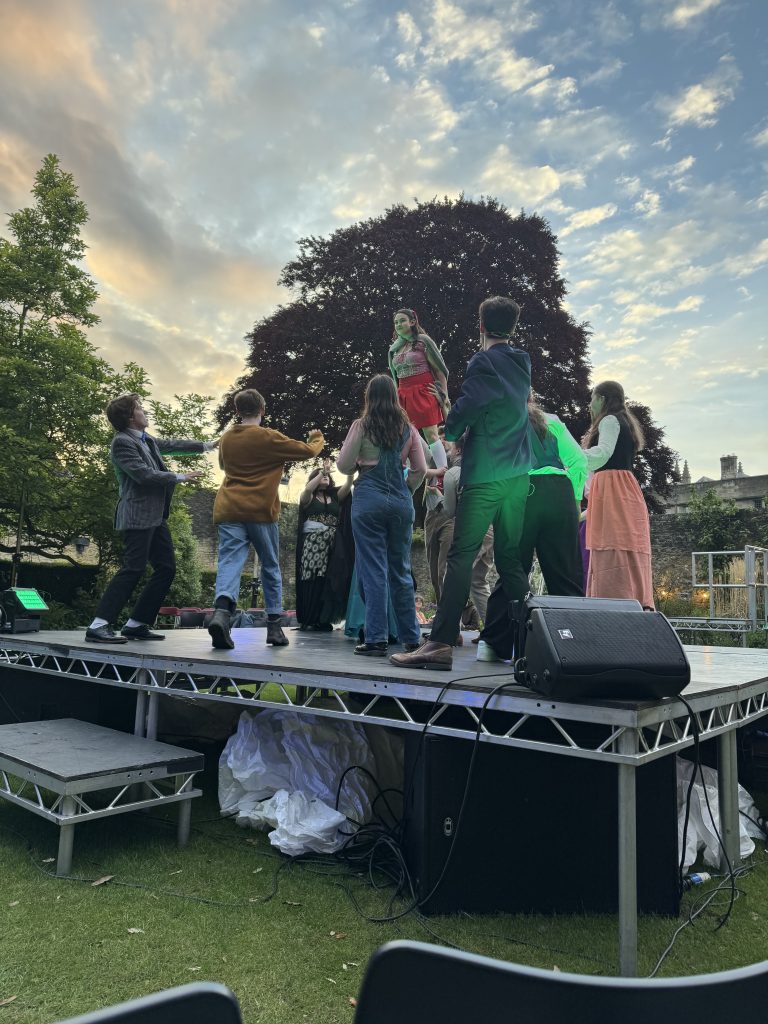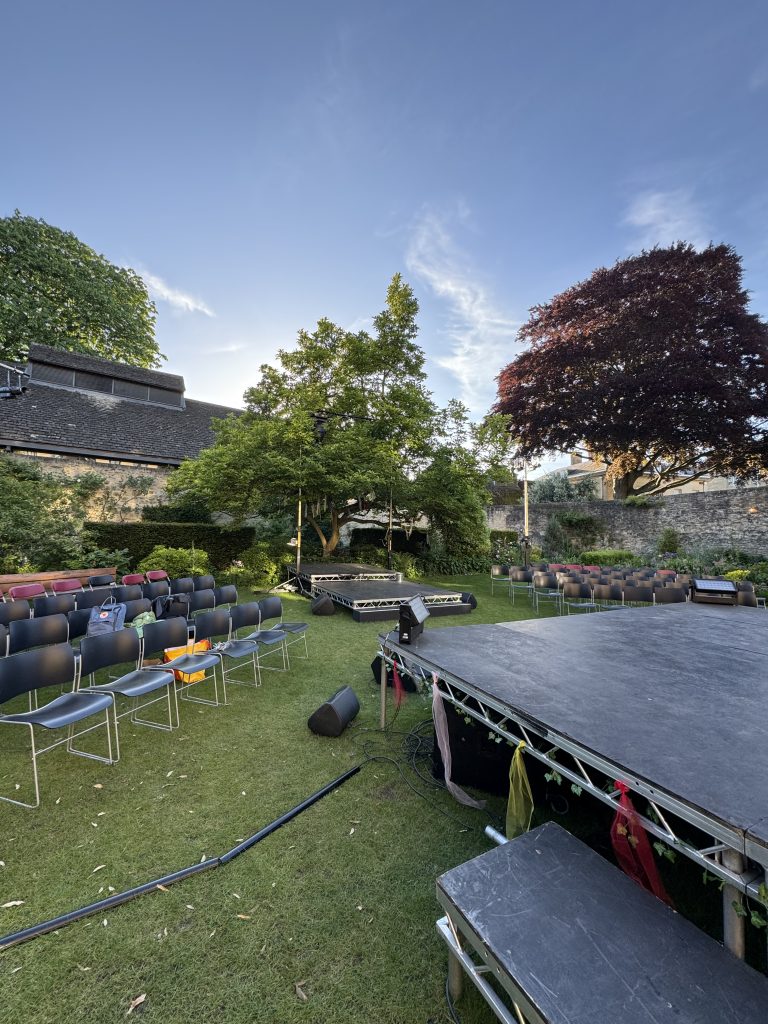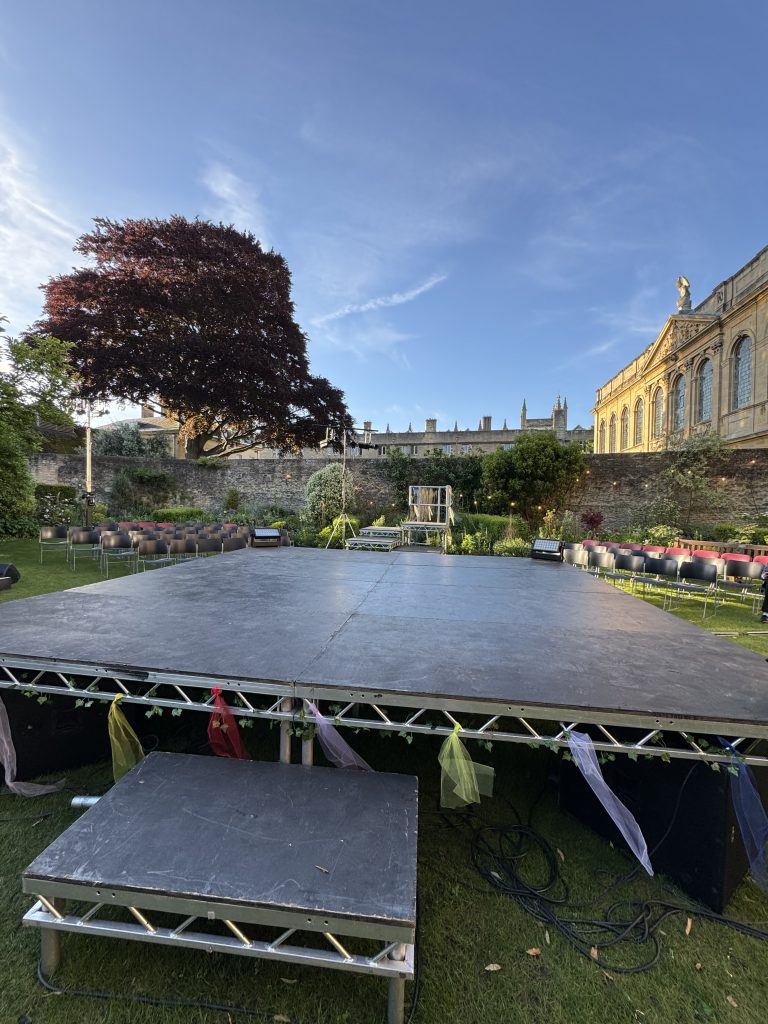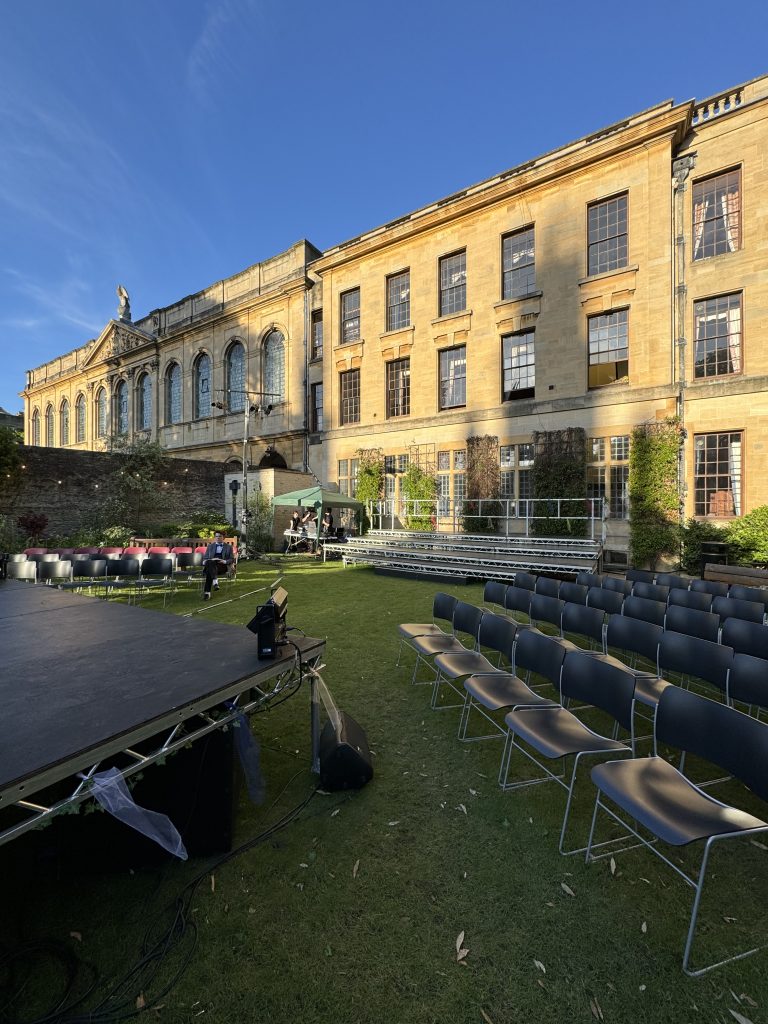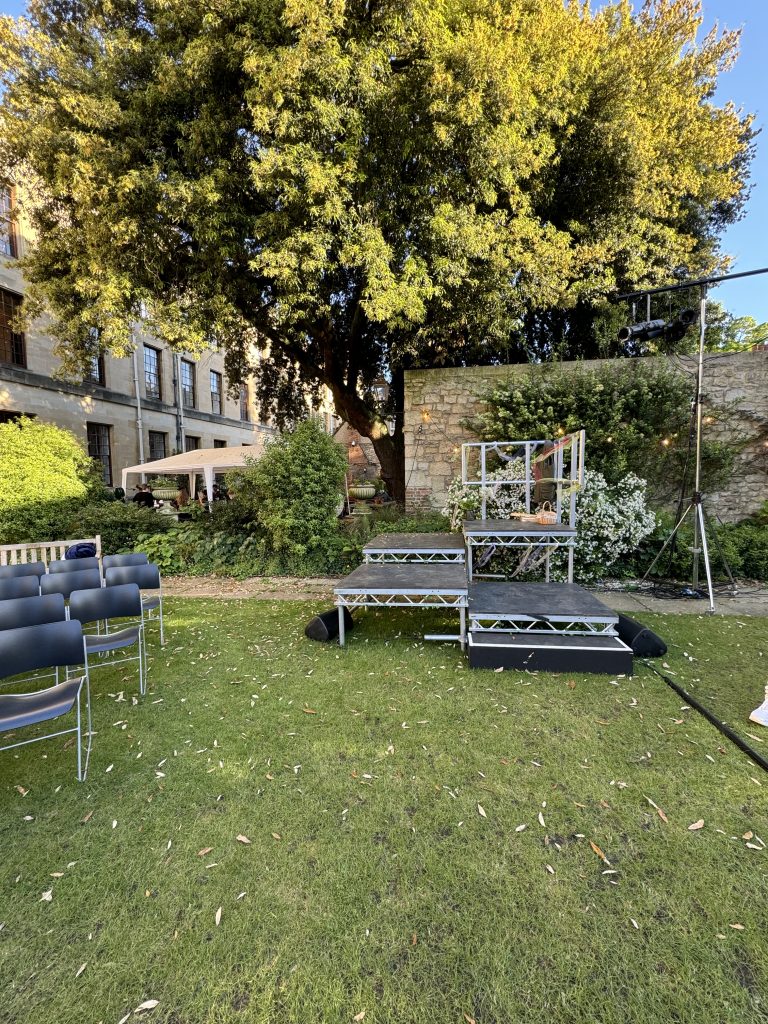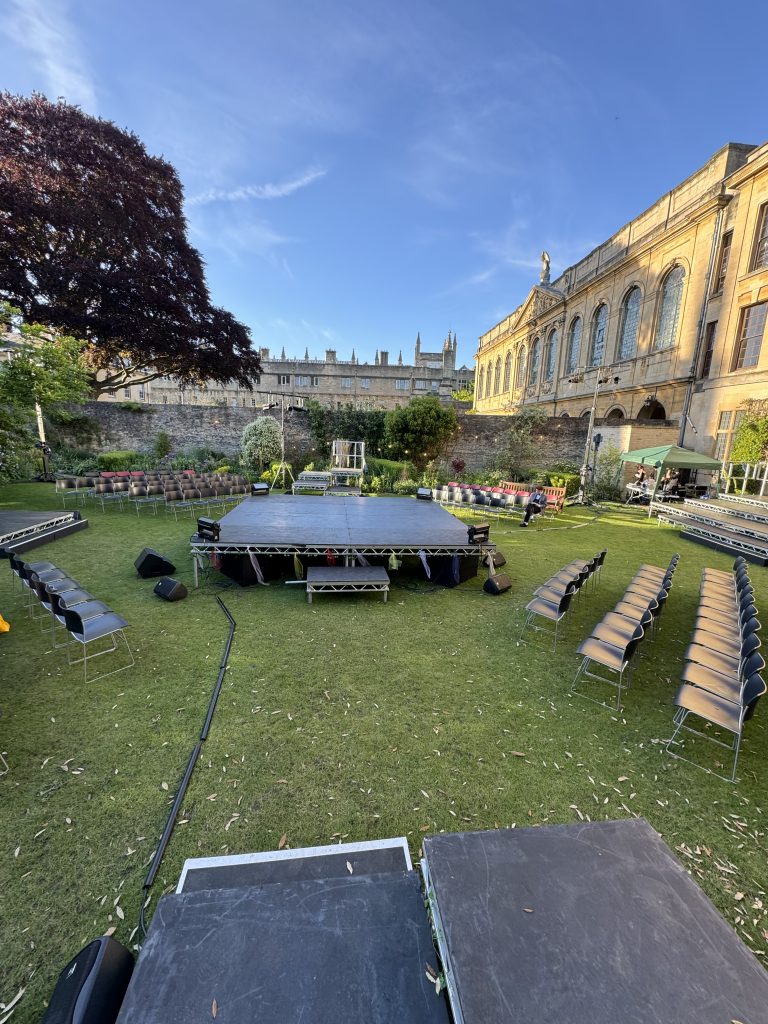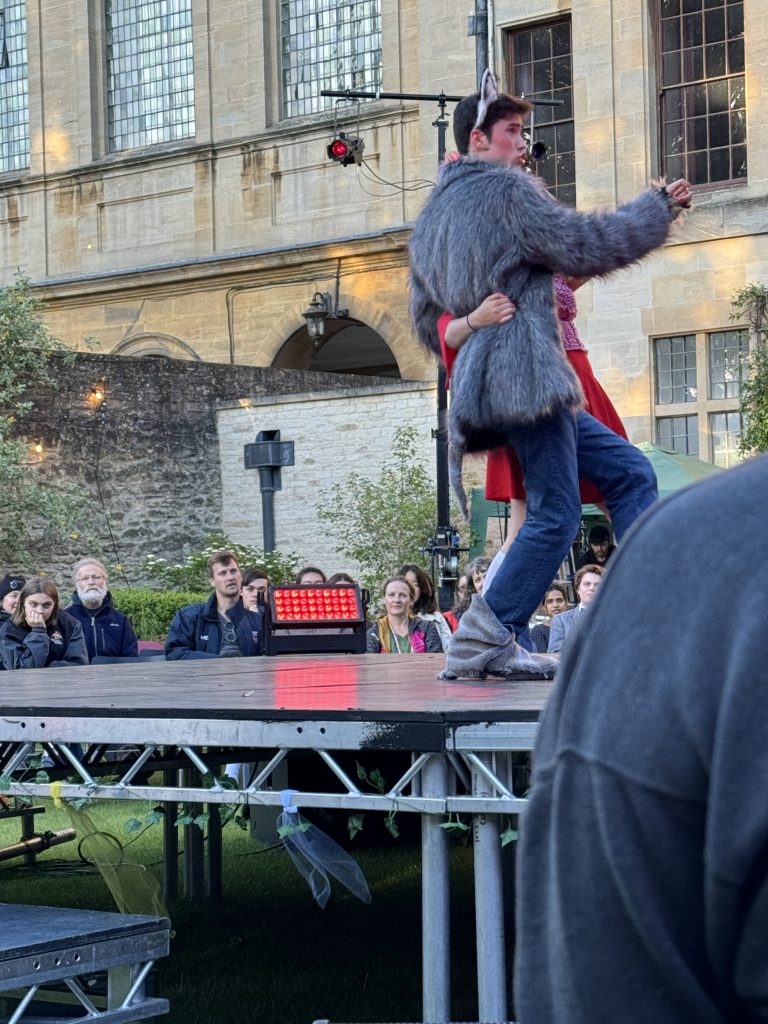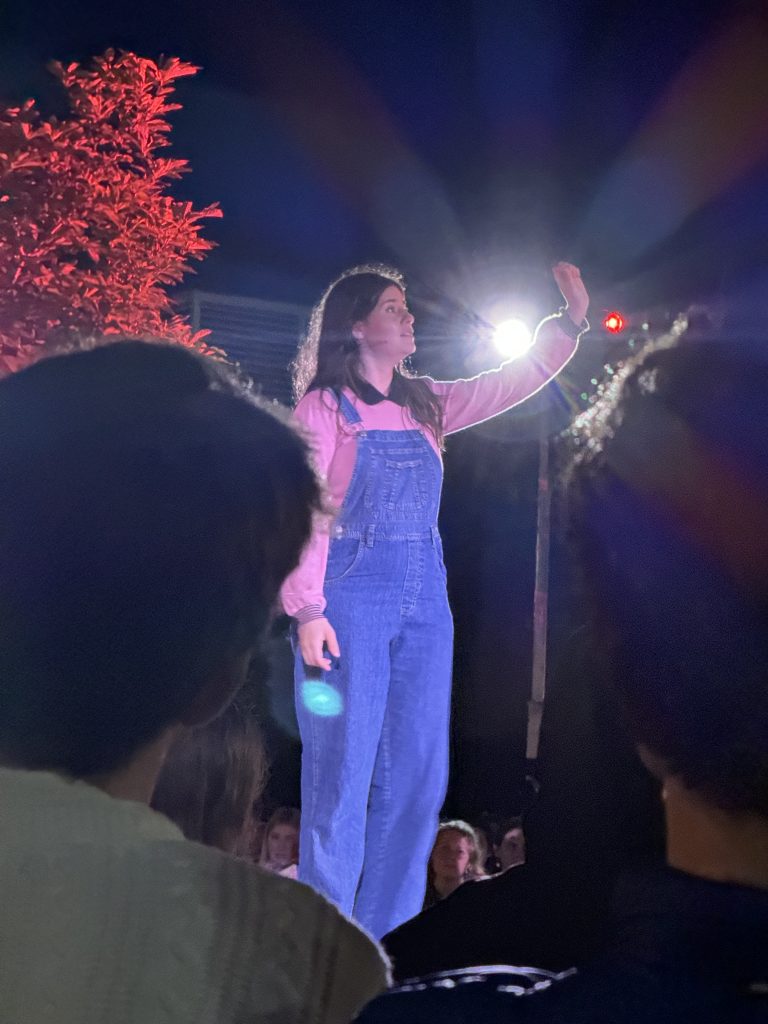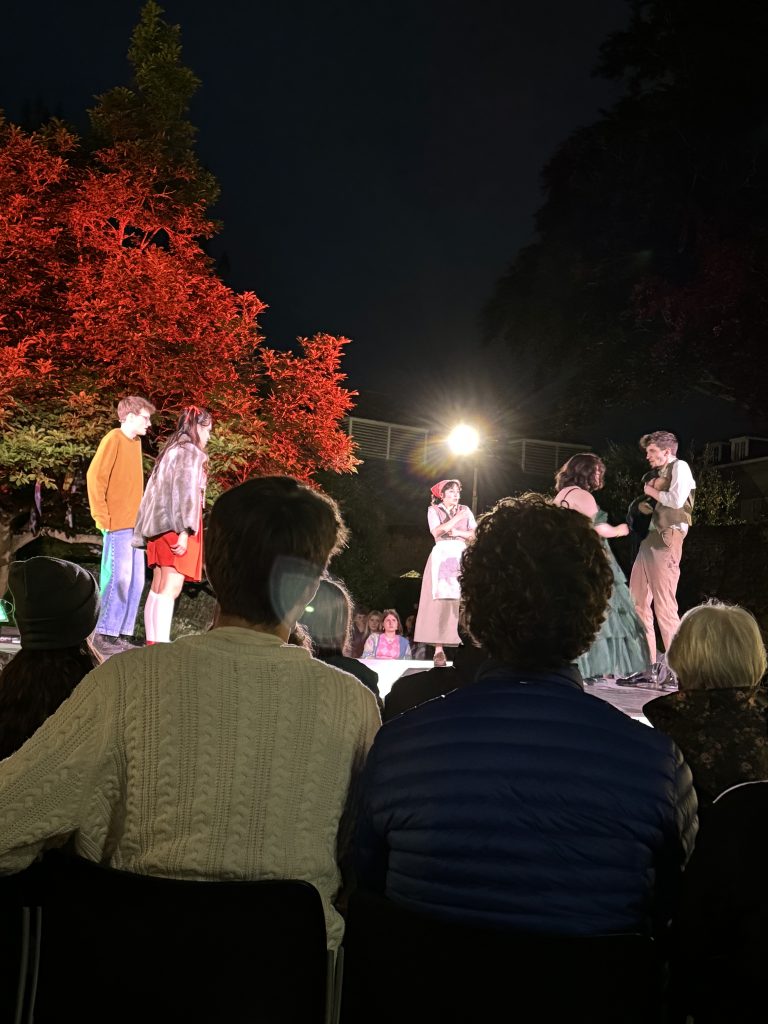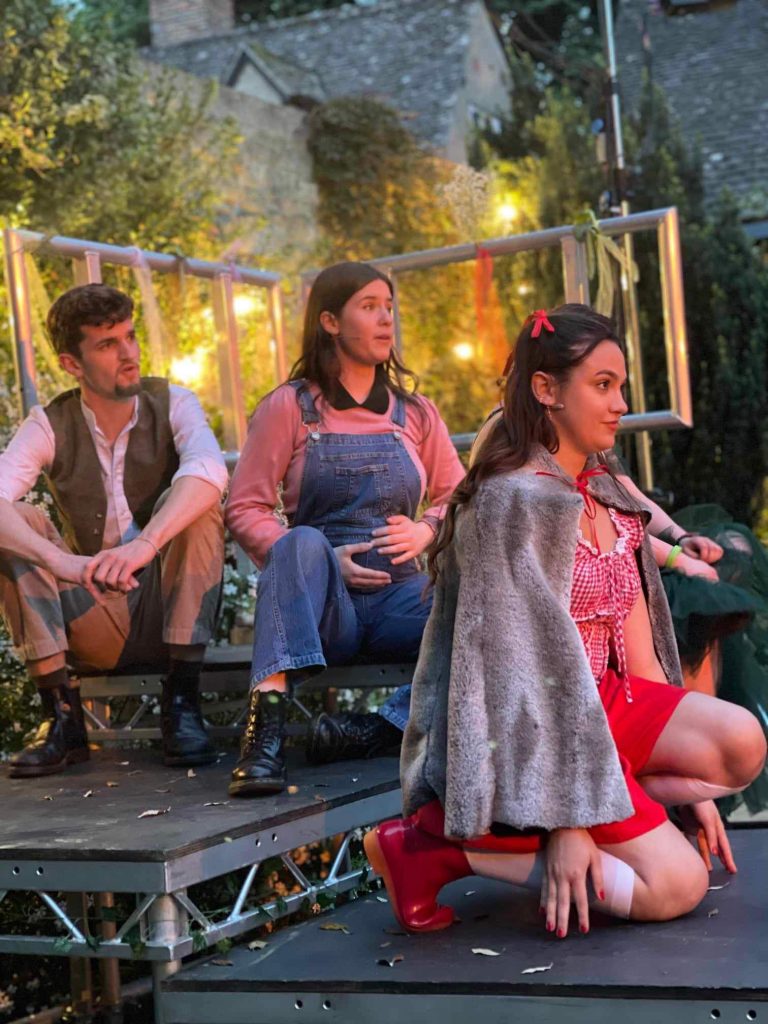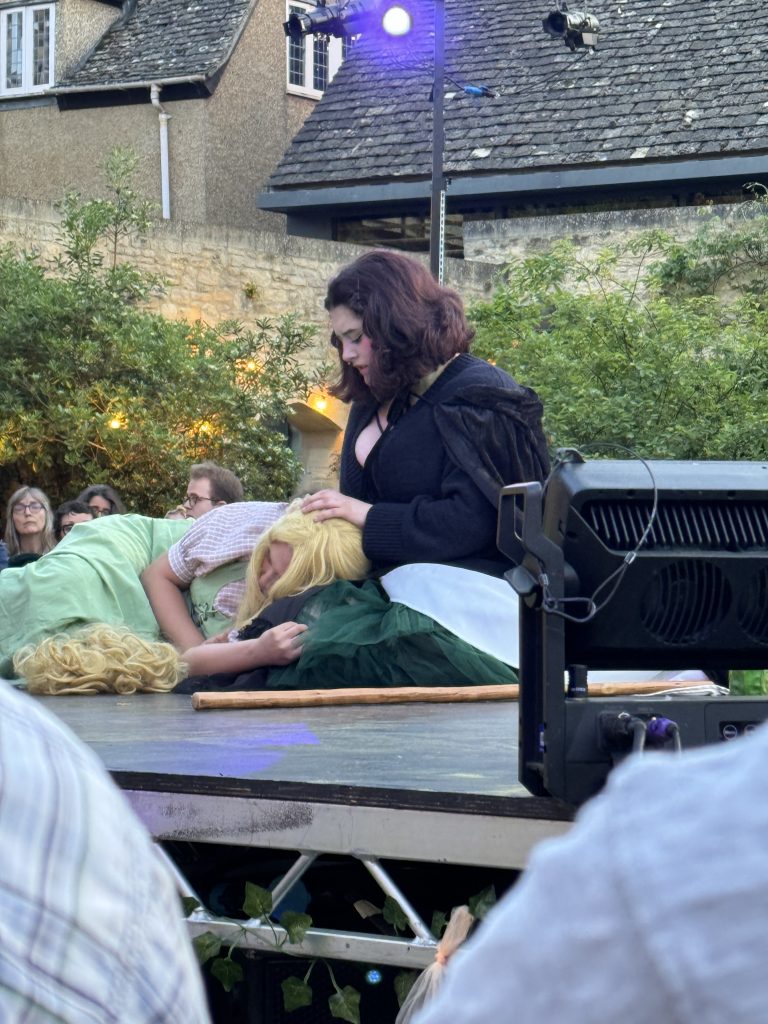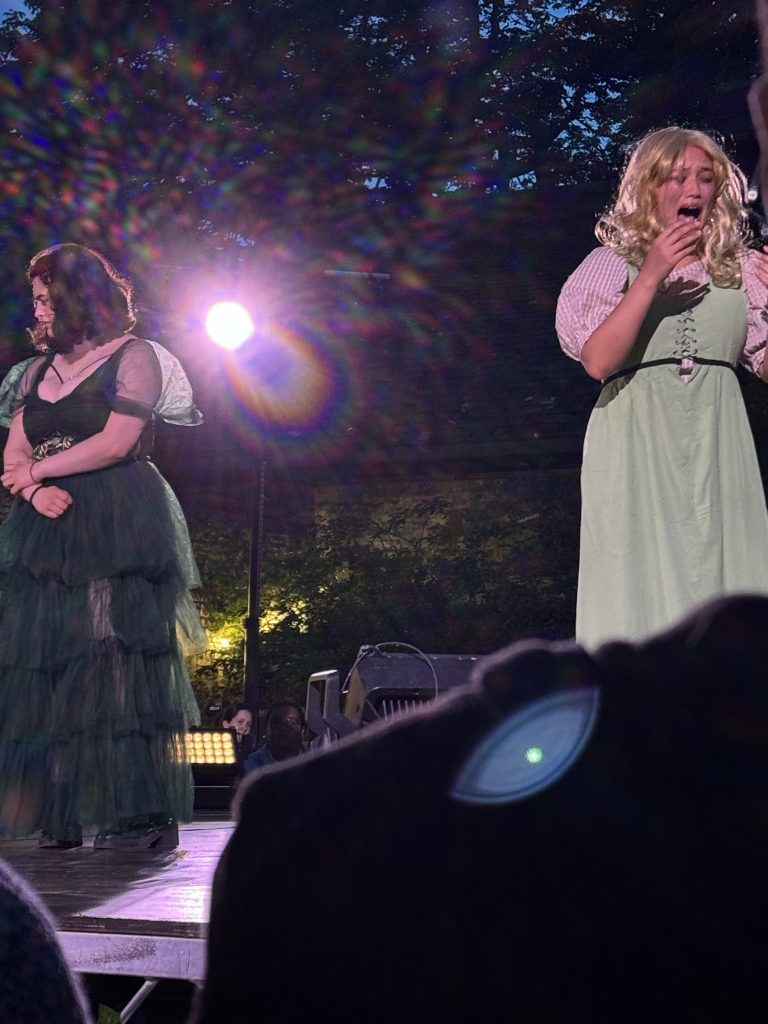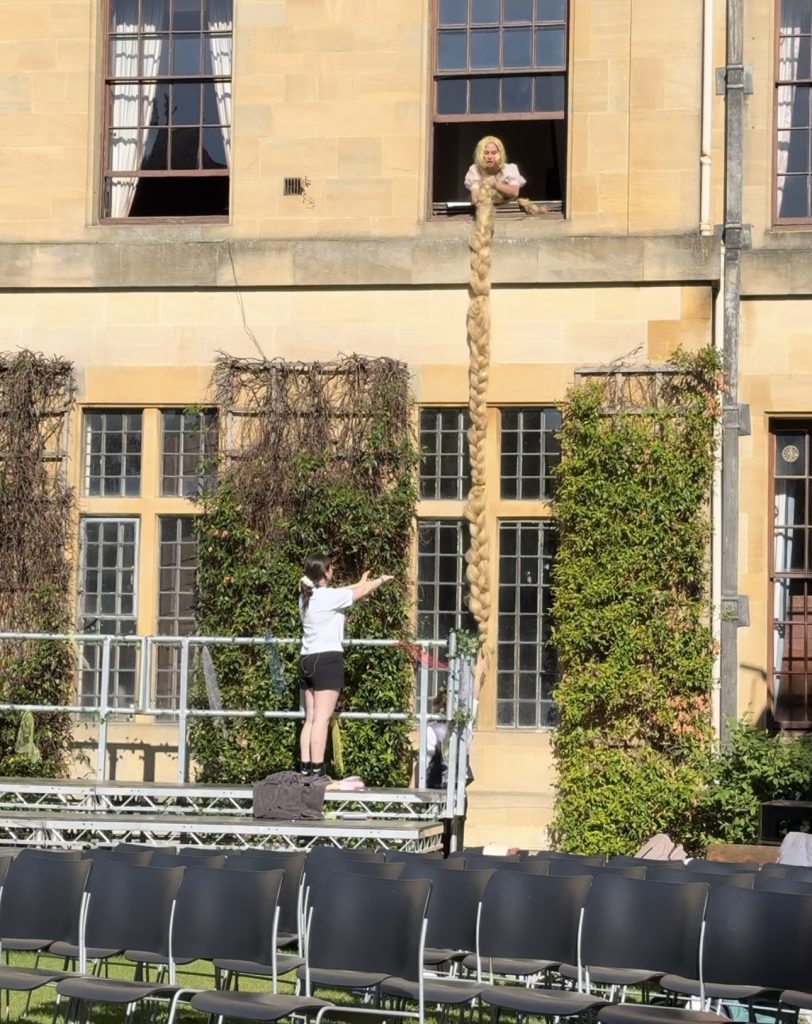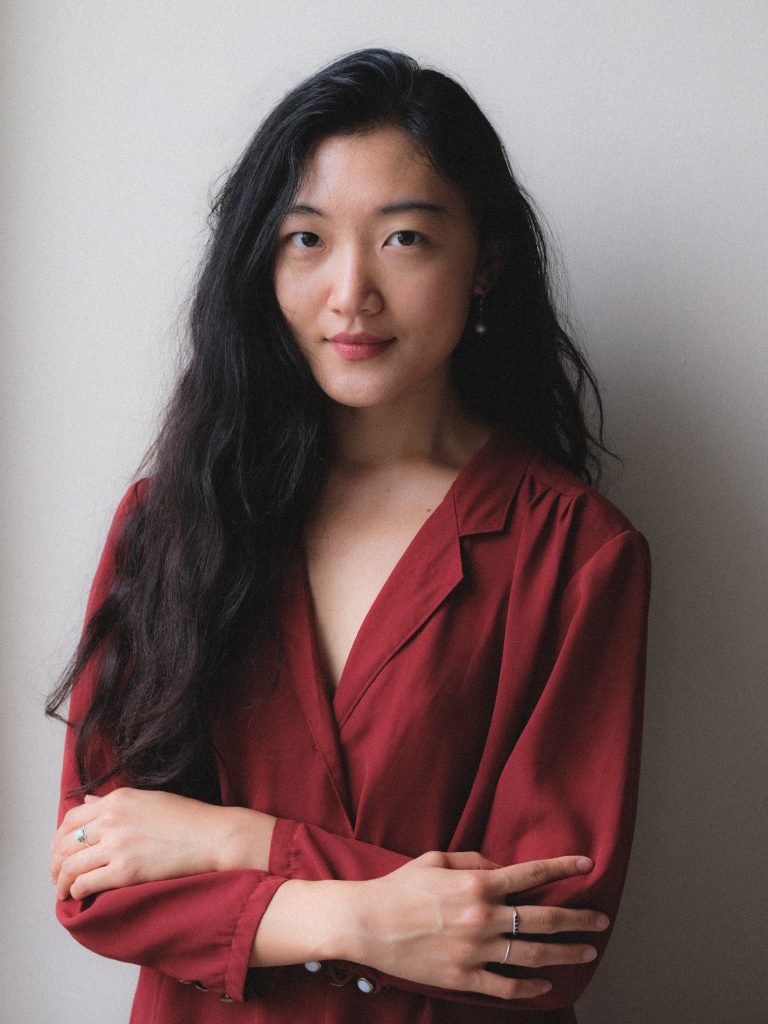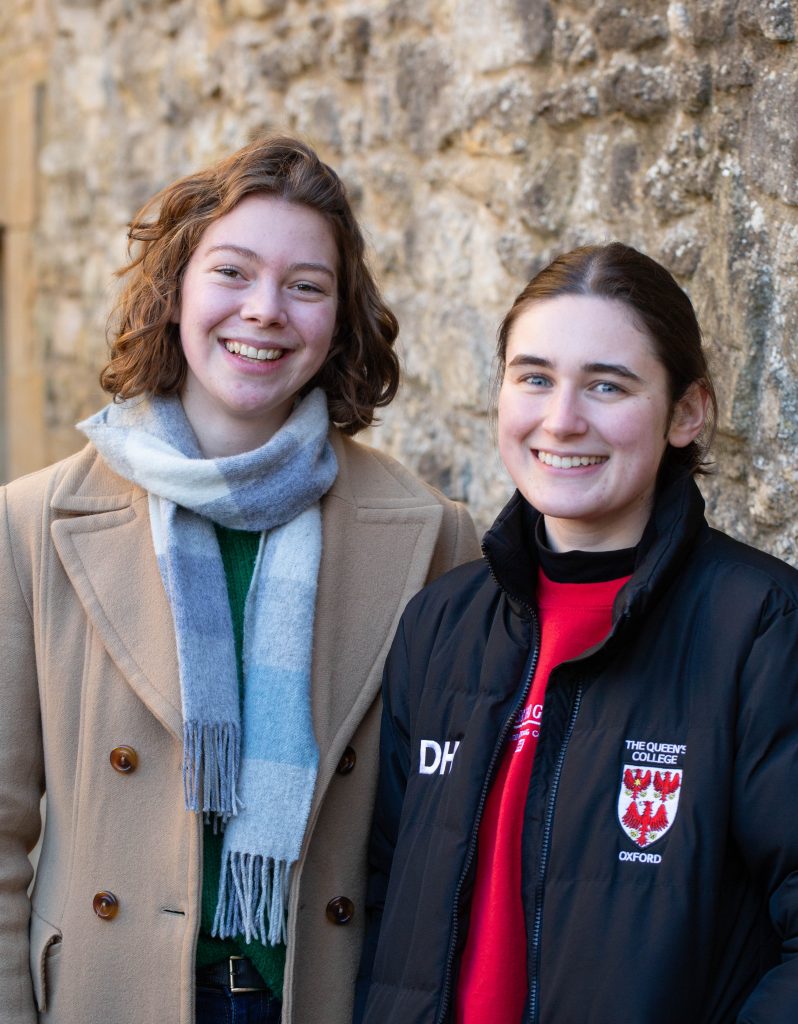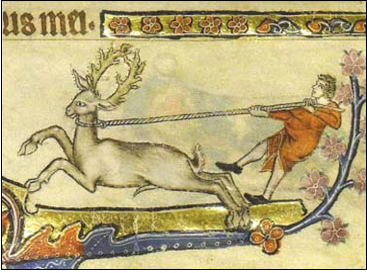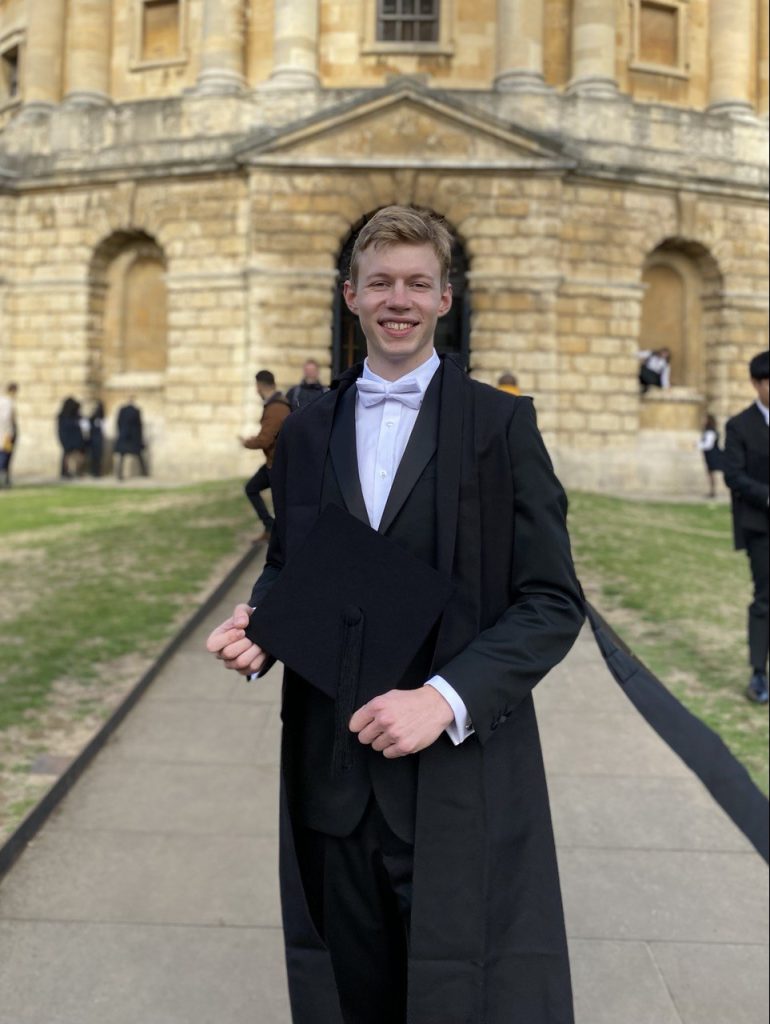When a former head of government is sentenced to death in absentia, the world tends to fix its gaze on the headline. But behind the spectacle of former Prime Minister of Bangladesh Sheikh Hasina’s conviction lies a far more complex set of questions about what justice really means in moments of national reckoning. In this conversation, a Queen’s DPhil student and human rights practitioner Taqbir Huda reflects on Bangladesh’s July revolution, the moral authority and fragility of international human rights law and criminal law, and the uneasy role that social media, digital evidence, and politicised courts now play in shaping public understanding of atrocity.
Drawing on years of documenting state violence and thinking critically about reparations, punishment, and due process, he offers a frank account of why justice must be more than symbolic – why it must be fair, durable, and capable of withstanding the pressure of both popular outrage and political revenge. Fresh from appearances on Al Jazeera and DW, Clarendon Scholar Taqbir Huda tells us more.
Do you think justice has been served in the sentencing of Sheikh Hasina or is the ruling purely symbolic? How do you define justice and what makes justice meaningful in practice rather than just in appearance?
For many Bangladeshis, there is a real sense of moral vindication in seeing a brutal dictator held legally responsible for the mass killings that occurred during a popular uprising. In that sense the judgment is perhaps not purely symbolic: it also has a communicative dimension of the kind Antony Duff writes about, in that it publicly condemns the shootings of students and civilians in the July revolution as state sponsored crimes against humanity under international law, rather than unfortunate excesses. An official condemnation from the state which acknowledges this difference matters greatly for realising justice.
At the same time, justice is not only about obtaining a conviction, but also about how likely that conviction will translate into actual accountability. A death sentence delivered in absentia, after a hasty trial that did not meet fair trial standards, risks looking more like victor’s justice than the kind of impartial accountability we owe to the victims. To me and most other human rights practitioners, justice for mass atrocities becomes meaningful when at least four elements come together: truth about what happened, accountability that is based on credible evidence and fair process (so no one can raise doubts about the legitimacy of the conviction), some form of reparation for victims and genuine institutional reform designed to prevent recurrence of past abuses. If any or all of these elements is missing, then justice becomes less meaningful.
To me and most other human rights practitioners, justice for mass atrocities becomes meaningful when at least four elements come together: truth about what happened, accountability that is based on credible evidence and fair process (so no one can raise doubts about the legitimacy of the conviction), some form of reparation for victims and genuine institutional reform designed to prevent recurrence of past abuses. If any or all of these elements is missing, then justice becomes less meaningful.
When you look at high profile trials like this one, what are the essential legal principles that must be protected if we want a fair process?
The basic principles under international criminal law are quite simple: the accused must be presumed innocent, have the right to be present at their trial, and be represented by independent defence counsel who act on their instructions rather than on the government’s and the ability to call and cross examine witnesses on equal footing with the prosecution, and the defendant must have a real right of appeal.
A novel challenge in cases like this is the emergence of evidence on social media. In Bangladesh, the July uprising generated an enormous amount of digital evidence: photos and videos of protesters being shot, run over by vans, thrown off the back of trucks, or beaten to a pulp by security forces and party cadres. That material has been vital for documenting what happened, but it also creates a risk that public opinion hardens around clips seen on social media long before any court evaluates them.
Verifying authenticity in a criminal trial involves much more than watching a clip on a phone. You need to establish where the file came from, how it was stored, and whether it was altered. During the revolution, I was working day and night with the Evidence Lab at Amnesty International to verify the hundreds of photos and videos that we received from partners and witnesses on the ground as well as open sources. This included checking metadata, time stamps and geolocation, matching buildings and landscapes on screen to real locations, comparing shadows and lighting, and asking forensic experts to analyse the audio and video for signs of editing or artificial generation. Later, working with colleagues at Tech Global Institute, which holds one of the largest archives of digital evidence of the July atrocities, has really brought home to me how the rise of artificial intelligence makes this even more complex. AI generated or altered content can look and sound convincing, which means courts have to be especially careful not to treat viral clips as proof beyond reasonable doubt without proper forensic testing and adversarial challenge in court.
AI generated or altered content can look and sound convincing, which means courts have to be especially careful not to treat viral clips as proof beyond reasonable doubt without proper forensic testing and adversarial challenge in court.
In that sense, the digital turn can put real pressure on the presumption of innocence in high profile cases: by the time a trial starts, many people already feel they “know” what happened from what they have seen online. A court that truly upholds the right to a fair trial has to be seen to push back against that pressure, not simply cave into it. In a case of this magnitude, the integrity of the process is just as important as the moral culpability of those who end up being punished.
Many people have noted that the tribunal used in this case was originally set up under the same leader it has now convicted. What does that tell us about the importance of judicial independence?
There is a striking irony in seeing Sheikh Hasina convicted by a tribunal that her own government created and used extensively against its political opponents, which led to many being able to seek asylum here in the UK under the Human Rights Act, but also led to the execution of high-profile opposition leaders who were not able to escape. Sheikh Hasina being awarded the death sentence by the very tribunal which she set up to execute her foes should serve as a sobering reminder to autocrats around the world: once you cull judicial independence and embed authoritarianism into a legal system, you may one day be subject to the same system you built. So you should not do unto others, what you do not want others to do unto you.
Judicial independence is not only about having in place formal guarantees in the text of the law, but about building a culture of adjudication that can resist pressure from whichever government happens to be in power.
Judicial independence is not only about having in place formal guarantees in the text of the law, but about building a culture of adjudication that can resist pressure from whichever government happens to be in power. Even a tribunal born in a deeply politicised context can, under a different constellation of social movements, professional ethics and international support and scrutiny, start to move in a more principled direction.
You have drawn on the phrase “the master’s tools will never dismantle the master’s house.” In legal terms, what does that mean and can systems built under authoritarian rule ever fully reform themselves from within?
In this context, “the master’s tools” are the very set of laws and institutions an authoritarian regime relies on to consolidate power: special tribunals with special emergency powers, vaguely defined offences such as “tarnishing the image of the state” and normalising exceptional derogations from human rights in the name of national security. These tools are designed to make the exercise of arbitrary powers look like lawful governance. As a human rights defender, I have spent the past decade censoring myself to escape the tools Sheikh Hasina’s authoritarian regime used to criminalise dissent. In 2022, I took the risky decision to join Amnesty International, an organisation blacklisted by the Hasina government at the time, to expose the human rights abuses it was committing in Bangladesh. I investigated and documented over 50 such cases: from enforced disappearances, extrajudicial killings to arbitrary detention etc.. I had to keep my affiliation a well-guarded secret. The last thing I wanted was as to face a criminal case for ‘spreading propaganda’ against the state – which had become the default response to any dissent. To avoid this risk, I used a pseudonym, burner phones/ email IDs; requested my colleagues to front our publications on Bangladesh; and avoided any public engagements, all to escape the state’s ever broadening radar of surveillance. I even added and then removed Amnesty from my LinkedIn. That’s how successful the state was in catalysing a culture of fear.
All this changed during the July 2024 revolution, when I decided I could no longer hide. I accepted an interview with DW News, the first international media outlet to report what was happening. That interview reached a million views in 24 hours and soon enough I found myself speaking to every international media outlet interested to listen, sharing the evidence we’d verified of the state’s brute violence against peaceful protesters. When the regime began killing children under a total internet shutdown, seizing every opportunity to spread the truth felt like a moral obligation.
Frantic days and sleepless nights followed, especially as the regime crossed more red lines each day and instructed its foreign missions to keep tabs on those ‘tarnishing the image of the state’ abroad. I could live with the risk to myself, but I could never forgive myself if something happened to my family – who I couldn’t even warn due to the communications shutdown. If the regime did not ultimately collapse on 5 Aug 2024 due to international and public pressure, I may’ve had to live in exile for the foreseeable future.
After Sheikh Hasina was toppled, and an interim government comprising of human rights lawyers and technocrats who faced the brunt of her oppression came to assume power, for a brief moment, it felt as if the entire apparatus might finally be dismantled. Instead, we are now witnessing the same repressive legislation the Awami League once crafted and used to eliminate its opponents—being turned back against the Awami League itself. That is the perverse circularity of revenge politics in Bangladesh, and exactly what I mean when I say the master’s tools are being used to rearrange the house rather than dismantling it altogether. Ultimately, democratic renewal requires more than the removal of an autocratic leader. It requires undoing the architecture of repression instead of rebranding it. Authoritarian laws outlast authoritarian rulers, so we have to dismantle them.
Ultimately, democratic renewal requires more than the removal of an autocratic leader.
Can such systems ever fully reform from within? Sometimes they can start the process, but only if those in power are prepared to give up the very tools that protect them. Abolitionist thinkers distinguish between reformist reforms, which make a violent system more efficient or more palatable, and non-reformist reforms, which actually shrink its footprint and shift power away from it. The latter would mean repealing emergency style laws, removing exceptions to constitutional guarantees, repealing offences that criminalise dissent, and accepting meaningful oversight by independent courts and international bodies. In a Foucauldian sense, it is less about giving power away and more about breaking up the circuits through which power is able to operate and dominate.
In your research on reparations, how do ideas of remedy and redress either complement or challenge the traditional focus on punishment?
In international human rights law, the right to an effective remedy has traditionally been interpreted as having two complementary dimensions: a reparative dimension, which is about redressing the harm done to the victim, and a punitive dimension, which is about holding the perpetrator criminally responsible. In practice, however, the punitive strand often dominates domestic justice policy, and the reparative strand becomes all but forgotten. We celebrate a lengthy sentence of incarceration or even a death sentence, while victims lack the financial means to meet the costs of their victimisation (i.e. medical care, income support). My doctoral thesis seeks to unsettle that hierarchy. I am trying to bring together two groups of critics who share the same concerns, but are not necessarily in conversation with one another: the first are critical human rights scholars who warn that an uncritical embrace of incarceration as the primary means of enforcing human rights risks expanding the very coercive apparatus that often produces the violations in the first place. The second is abolitionist scholars who warn that contemporary systems of incarceration sit on the afterlife of slavery and colonial control, and that any account of remedy that centres prison will reproduce racial and class hierarchies rather than dismantle them.
To this end, my research attempts to answer the following questions. How can we build accountability for human rights violations without expanding the carceral state? To what extent can monetary reparation replace carceral punishment as the most effective remedy for most human rights violations, in support of the abolitionist and restorative justice movements? I will attempt to show how the under-theorisation of monetary reparation under international human rights law has allowed the punitive dimension of the right to an effective remedy to take centre stage in human rights protection. I will then query to what extent, if at all, the existing criminal justice system be repurposed to serve more reparative ends. There are interesting experiments in that direction, from practices influenced by Maori principles in Aotearoa New Zealand to restorative justice projects in the United Kingdom, where criminal proceedings are designed to facilitate restitution, apology and agreement on concrete steps to repair harm, rather than only to impose suffering on the offender.
So for me, ideas of remedy and redress both complement and quietly challenge the traditional focus on punishment. They complement it when criminal accountability is part of a broader architecture of support for victims. They challenge it when we mistake the suffering of the perpetrator as the only or primary measure of justice, instead of asking whether the people who were harmed have actually been helped to rebuild their lives and whether our response to atrocity is reproducing the same racialised and unequal patterns of confinement that abolitionist thinkers urge us to move beyond.
How has your time at Queen’s and Oxford shaped the way you think about international law and justice?
Being at Queen’s and Oxford has given me the space to connect the very immediate crises I was investigating on a day-to-day basis as a human rights lawyer with a much longer history of doctrinal debates about sovereignty, responsibility and reparation. It is also where I have learned to hold together two instincts that used to feel in tension: the urgency of speaking out during a crisis, and the discipline of thinking carefully about what international law can and cannot do.
Being at Queen’s and Oxford has given me the space to connect the very immediate crises I was investigating on a day-to-day basis as a human rights lawyer with a much longer history of doctrinal debates about sovereignty, responsibility and reparation. It is also where I have learned to hold together two instincts that used to feel in tension: the urgency of speaking out during a crisis, and the discipline of thinking carefully about what international law can and cannot do.
The seeds of abolitionist thought that were laid when I started my Oxford journey in 2022 when reading for the MSc in Criminology are now beginning to bear fruit as I embark on my DPhil. Being exposed to critical sociological and criminological scholarship forced me to question how the language of human rights has been used to expand the power of the state to arbitrarily punish individuals. This was not an easy realisation as it forced me to confront my own complicity in this process. That experience now sits at the core of my work on reparations and remedies.
Being able to benefit from fortnightly supervision meetings with a leading scholar of human rights and international law, Professor Başak Çalı, has also been central in shaping how I think about the role of international law in shaping just outcomes at both the national, regional and international levels. Each meeting has felt less like a stocktaking of progress and more like a calibration exercise. Our conversations have made me much more attentive to the diffuse and contested nature of interpretive authority in international law – how states, domestic and international courts, treaty bodies and the wider epistemic community of scholars all participate in giving meaning to human rights norms – and to the strategic possibilities that such interpretive pluralism opens up for my own reparations project.
Beyond formal supervision, Oxford is saturated with small intellectual “incubators” that continually reshape how I think about law and justice: the Bonavero Institute of Human Rights, where you are surrounded by practitioners and scholars trying to make human rights law usable in the real world; the Public International Law Discussion Group, which brings together international lawyers every week to debate ongoing crises from genocidal warfare to anthropogenic climate change; and countless talks, reading groups and seminars where people from very different ideological starting points test each other’s assumptions. At a time when social media algorithms increasingly trap us in echo chambers and reward confirmation bias, that kind of structured disagreement is a rare gift; Oxford has been one of the few spaces where I feel I can genuinely escape that confinement and have my views changed by serious engagement with people who disagree with me.
At a time when social media algorithms increasingly trap us in echo chambers and reward confirmation bias, that kind of structured disagreement is a rare gift; Oxford has been one of the few spaces where I feel I can genuinely escape that confinement and have my views changed by serious engagement with people who disagree with me.
At the same time, College life at Queen’s has been a reminder that questions about law and justice can never purely be technical. Conversations with peers from different corners of the world who do not study law but have experienced or witnessed some form of injustice constantly destabilise my assumptions and keep me honest about both the limits of law and how radically different people’s intuitions about justice can be, even when we are using the same vocabulary. At lunchtime you can feel fairly confident in your working hypothesis, and then have it quietly dismantled over dinner by a chemist who has never read a human rights treaty but can ask the most disarming questions.
At lunchtime you can feel fairly confident in your working hypothesis, and then have it quietly dismantled over dinner by a chemist who has never read a human rights treaty but can ask the most disarming questions.
Queen’s also has given me the opportunity to engage with a tight knit community of law students thinking about law at very different stages and from very different angles. I find myself talking to first-year undergraduates in the dining hall about what “justice” means to them at the start of their law degrees; debating with master’s students taking a module on investor-state arbitration and hoping to go into commercial practice about how protections for foreign investors can make ambitious climate regulation harder; and comparing notes with fellow DPhil students about which paradigms of justice they situate their research question in, and how it compares to my own conceptions of a just world.
Queen’s College Law Society also creates space for candid conversations with law Fellows who bring decades of teaching experience. Those conversations often turn into quiet reflections on how legal education has evolved in an increasingly globalised and digitised world – from teaching ancient Roman law to grappling with human rights, climate litigation, and algorithmic governance in the same tutorial rooms.
What do you enjoy about your studies at Queen’s?
Studying at Queen’s has quite literally been a lifeline for me. Right before coming here, I was doing my master’s in law at Harvard with a view to transitioning into the PhD. Yet when the Trump administration started relentlessly cracking down on international students while moving to revoke Harvard’s certification to host international students and Rumeysa Ozturk was abducted by masked ICE agents ten minutes away from me for simply co-authoring an op-ed, I had to seriously reconsider my initial plan. Life as a doctoral student thousands of miles from home was going to be taxing enough; could I bear the added burden of being dehumanised daily by a tyrannical regime? More importantly, could I live a life where I indefinitely suspend my right to free speech just to keep my visa valid?
Studying at Queen’s has quite literally been a lifeline for me.
It was in the middle of that uncertainty, during a class on injunctions against arbitrary presidential action, that the email arrived telling me I had been awarded a Clarendon Scholarship, partly funded by Queen’s. With less than a one percent chance of being nominated and then selected, it was not an outcome I had allowed myself to expect. When it came, it felt like a door opening out of a situation that was becoming untenable. The fact that I can now focus on my DPhil full-time, rather than juggling multiple jobs just to pay rent, is a huge privilege—especially when so many international doctoral students do not have that safety net.
That experience colours how I see Queen’s and Oxford. It reminds me that being here is never just about individual merit; it is also about visas, funding, and political decisions far beyond any student’s control. It is why I feel a particular responsibility to support Queen’s outreach work with school students from under-represented communities as an Outreach Facilitator. The first law taster session I designed for a group of Year 11 students was, by coincidence, scheduled for the morning after the Hasina verdict. On what was meant to be a quiet Sunday, I spent the afternoon briefing international media about due process violations in a crimes against humanity trial in Bangladesh, and that evening I was crafting problem questions to demystify law for teenagers who might never otherwise picture themselves at Oxford. For me, those things belong together: justice is not only about judging past abuses; it is also about widening who gets to study, practise, and shape the law in the future.
On what was meant to be a quiet Sunday, I spent the afternoon briefing international media about due process violations in a crimes against humanity trial in Bangladesh, and that evening I was crafting problem questions to demystify law for teenagers who might never otherwise picture themselves at Oxford. For me, those things belong together: justice is not only about judging past abuses; it is also about widening who gets to study, practise, and shape the law in the future.
Oxford as a whole is a vast, decentralised ecosystem, and it can feel overwhelming and, at times, lonely. That is where the community at Queen’s gives me a sense of home. The College is small enough that you keep running into familiar faces in its medieval hallways, but large enough to feel genuinely international. I love that I can choose between the warmth of the MCR’s leather sofas, the Upper Library—with its long wooden desks, high windows and quiet sense of history, which I am tempted to claim is the most beautiful reading room in Oxford—and, when the weather cooperates, the stillness of the Fellows’ Garden.
The College is small enough that you keep running into familiar faces but large enough to feel genuinely international.
For someone working on egregious human rights violations and reparations, being part of a College culture where intellectual seriousness sits alongside a strong welfare ethos makes it much easier not to burn out. That is what inspired to join the MCR Committee as a Welfare Officer, and I have thoroughly enjoyed hosting weekly welfare events that bring overworked graduate students to decompress over fun activities. Last Saturday, I was co-hosting a Middle Eastern brunch where the conversations drifted from what would comprise the best fillings for falafel wraps to whether reparations programmes for historical injustice are economically viable, or whether large-scale debt cancellation would do more for justice than traditional compensation schemes. I also enjoy how movie nights often spill over into arguments about diagnosing the causes and consequences of structural injustice, and I like that those shifts feel natural rather than jarring. One of my favourite evenings this term was hosting two friends from completely different disciplines and other colleges (with less generously endowed MCR facilities!) watching the Chomsky–Foucault debate: the first half dense with technical philosophy and linguistics, the second half turning on questions of power, punishment and law.
What I enjoy most about my studies at Queen’s is precisely that blend: a place where I can think seriously about mass atrocities and reparations, feel supported as a human being, and be constantly reminded—in hall, in the library, in the MCR—that justice is not an abstract ideal but something that shapes, and is shaped by, people’s lives.
If you could remind the world of one enduring principle of law, what would it be and why does it matter beyond this single case?
If I had to choose one enduring principle, it would perhaps be due process. For me, due process is not only something any defendant is entitled to as a matter of law, it is also a debt we owe to victims, especially those of mass atrocities. People whose family members have been unlawfully killed or those who have been maimed for life due to an act of brutality deserve a process that establishes guilt in a way that cannot later be questioned, either on the day of the verdict or a decade from it. An expedited trial which sidesteps due process safeguards may satiate populist sentiments in the short term, turning the verdict into yet another battleground where what happened is constantly questioned and victims are forced to defend their own suffering again and again. If a verdict has to stand the test of time, it must first pass the test of due process.
Due process is not only something any defendant is entitled to as a matter of law, it is also a debt we owe to victims, especially those of mass atrocities.
Taking this simple yet deeply unpopular position has not been easy in the Hasina case. After my recent media interviews, I have received a barrage of hostile comments simply for suggesting that she is entitled to fair trial rights: accused of being a hypocrite, traitor, a paid foreign agent, a sympathiser, an imbecile and Hasina Mitläufer. The irony is that many of the same labels were thrown at me by Awami League supporters when I exposed abuses by her government. That is the paradox of human rights work. I wish the people maligning me now understood that the safeguards that protect an unpopular defendant today are the very same safeguards that could stop a future government from using the law to punish innocent dissidents tomorrow. That is why the essentiality of this legal principle extends far beyond any single case or country.
